
Caiman
What kind of animal is Caiman?
They are native to Central and South America, where they live in various aquatic habitats, such as marshes, swamps, rivers, and lakes.
Caimans are carnivorous and feed on fish, insects, birds, and other animals.
They have scaly skin, long snouts, and sharp teeth.
Caimans are smaller than most crocodiles, but some species, such as the black caiman, can grow up to 4.5 meters (15 feet) long.
These animals have a few distinctive features that separate them from alligators, such as a lack of a bony septum between the nostrils, ventral armor composed of overlapping bony scutes, and longer and more pointed teeth.
Caimans also tend to be more agile and crocodile-like in their movements.
There are six different species of caiman, each with its own characteristics and adaptations:
Broad-snouted caiman ( Caiman latirostris ): This caiman has a wide and rounded snout, which helps it catch prey in shallow water.
It is found in eastern and southern Brazil, Paraguay, northern Argentina, and Uruguay.
Broad-snouted caiman can reach up to 3 meters (10 feet) long.Spectacled caiman ( Caiman crocodilus ): This caiman has a bony ridge between the eyes that resembles a pair of eyeglasses.
It is the most widespread and adaptable caiman, inhabiting a variety of habitats from Mexico to northern Argentina.
Caiman crocodilus can reach up to 2.7 meters (8.9 feet) long.Yacare caiman ( Caiman yacare ): This caiman has a narrow and elongated snout, which helps it catch fish in fast-flowing water.
Yacare caiman is found in the Pantanal region of Brazil, Bolivia, and Paraguay.
It can reach up to 2.5 meters (8.2 feet) long.Black caiman ( Melanosuchus niger ): This caiman is the largest and most powerful caiman, with a dark coloration that helps it camouflage in murky water.
It is found in the Amazon basin and other tropical regions of South America.
Black caiman can reach up to 4.5 meters (15 feet) long and weigh over 1,000 kilograms (2,200 pounds).Cuvier's dwarf caiman ( Paleosuchus palpebrosus ): This caiman is the smallest caiman, with a smooth and flat head and a short and blunt snout.
It is found in the forested streams and rivers of the Amazon basin and the Guianas.
This reptile can reach up to 1.5 meters (4.9 feet) long.Smooth-fronted caiman ( Paleosuchus trigonatus ): This caiman is similar to Cuvier's dwarf caiman, but has a more triangular and pointed snout.
It is found in the rocky and fast-flowing streams and rivers of the Amazon basin and the Guianas.
Smooth-fronted caiman can reach up to 2.1 meters (6.9 feet) long.
However, they are also threatened by habitat loss, pollution, hunting, and illegal trade.
Caimans are protected by law in most countries, and some species are listed as endangered or vulnerable by the International Union for Conservation of Nature (IUCN).
Example of the color palette for the image of Caiman

See these colors in NCS, PANTONE, RAL palettes...
What is the animal Caiman known for?
Example of the color palette for the image of Caiman
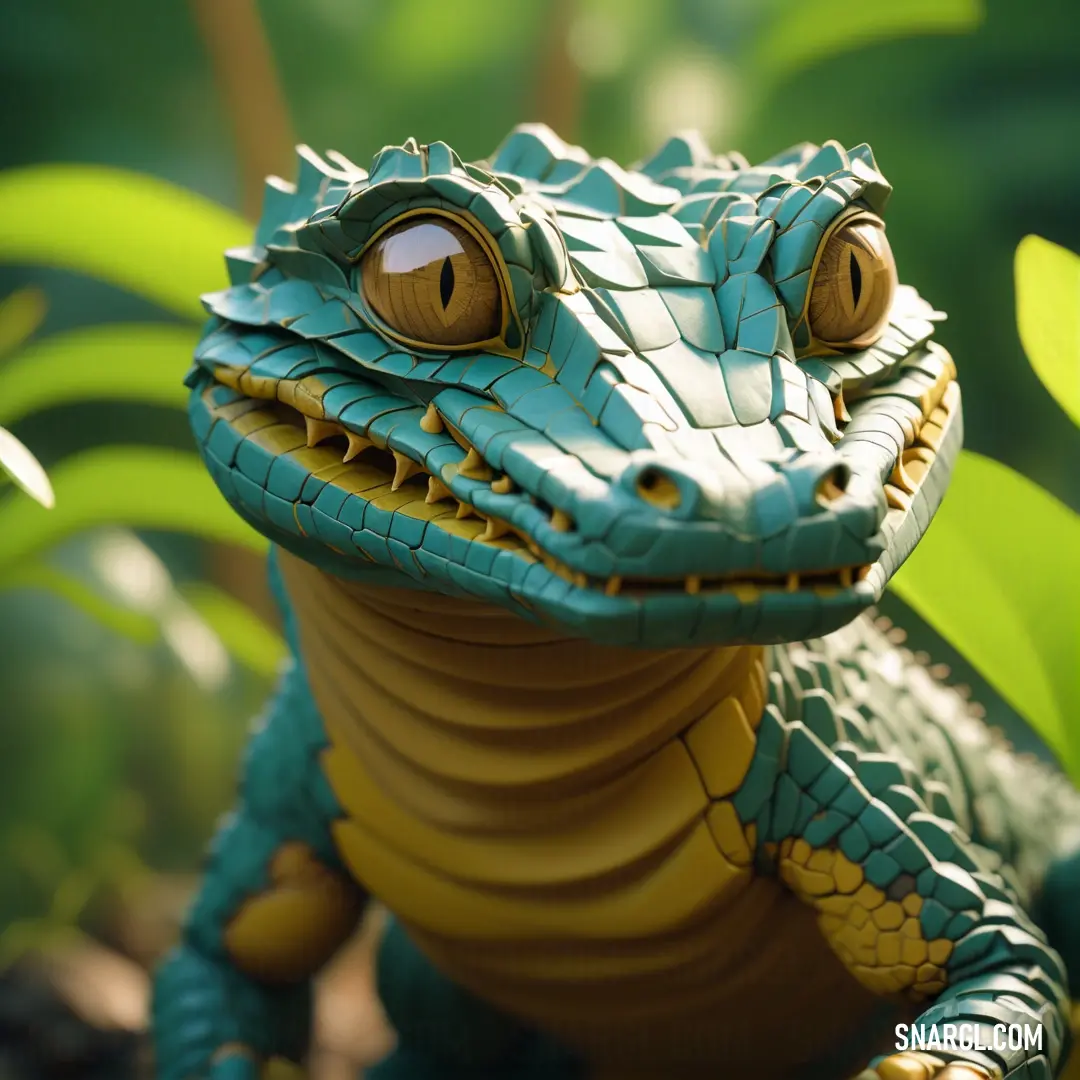
See these colors in NCS, PANTONE, RAL palettes...
Where does the Caiman live?
They are native to South and Central America, where they inhabit a variety of freshwater habitats, such as rivers, marshes, swamps, lakes, and mangroves.
They usually prefer still or slowly-moving water, but some species can tolerate faster, brackish, or even saltwater environments.
Example of the color palette for the image of Caiman
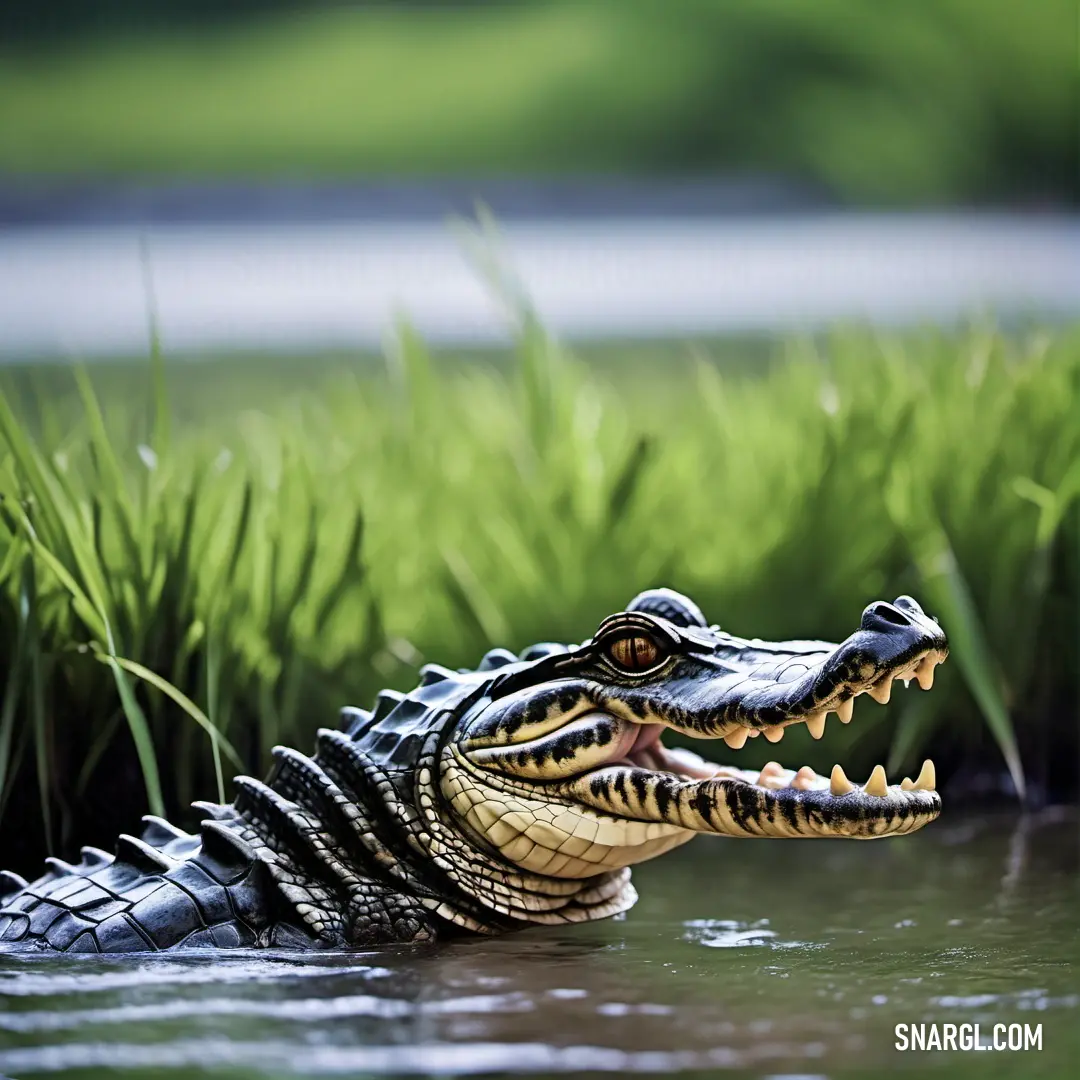
See these colors in NCS, PANTONE, RAL palettes...
What does the Caiman look like?
That lives in Central and South America
It has scaly skin and sharp teeth
And likes to swim in the water
Some caimans are small and cute
Like the Cuvier's dwarf caiman
But some are big and scary
Like the black caiman
Caimans are related to alligators
But they have some differences too
They have a bony armor on their belly
And longer snouts than their cousins do
Caimans are nocturnal hunters
They eat fish, birds, and bugs
They also dig burrows in the summer
To escape the heat and stay snug
Caimans are amazing creatures
They have been around for a long time
They can survive in many habitats
And inspire me to write this rhyme
Example of the color palette for the image of Caiman
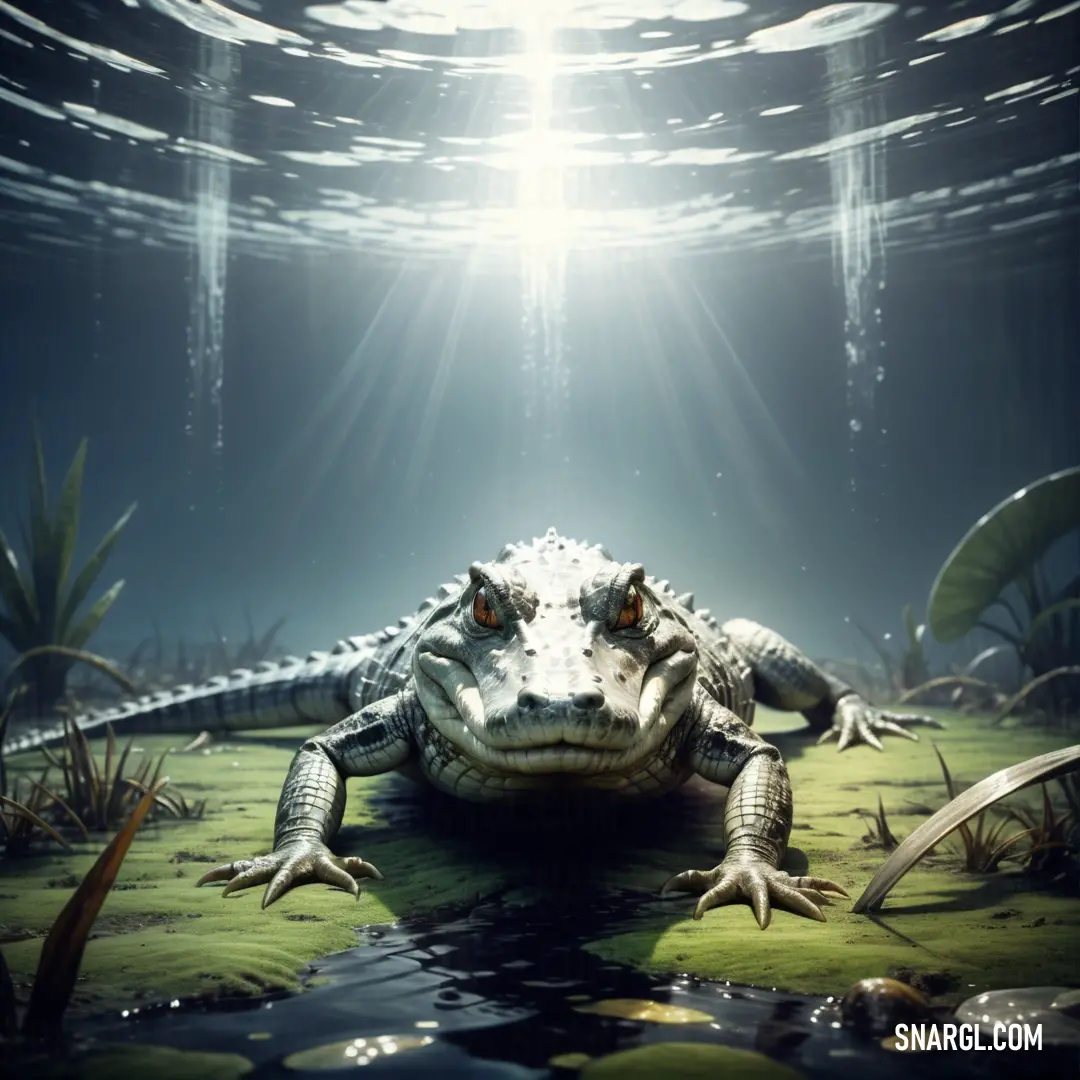
See these colors in NCS, PANTONE, RAL palettes...
The Great Leaf Pile Showdown
Now, Peanut wasn't your average caiman. He was a charmer with an unusual fondness for leaf piles. Ever since he was a baby, he had been fascinated by them. They were his version of the ultimate playground, a wonderland of crinkly goodness that he couldn't resist. Rue had indulged him countless times, but today was different. Today, the leaf pile had attracted an unexpected rival - the neighborhood's infamous squirrel gang, known for their acrobatic antics and their love for mischief.
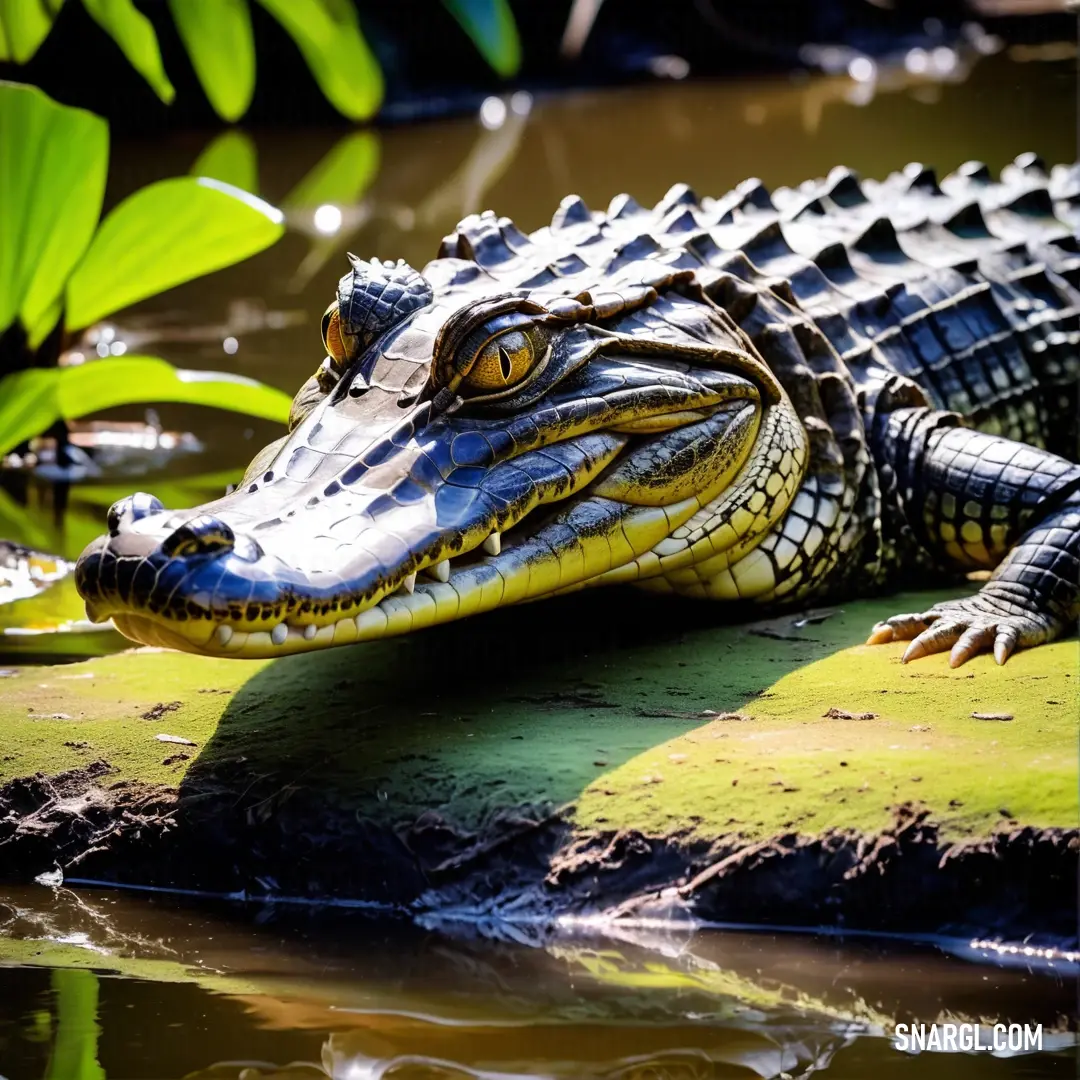
It all began on a crisp Saturday morning. Rue and Peanut strolled through the park, enjoying the autumn air. Peanut's eyes widened as they approached the grand leaf pile, his tail wagging with excitement. But just as they neared, a cacophony of chattering squirrels erupted from within the pile. They had claimed the mound as their fortress and were busily stuffing their cheeks with the best of the leaves.
Rue, ever the peacemaker, tried to reason with the squirrels. "Come on, guys, can't we share the pile? Peanut loves leaves as much as you do!"
But the squirrels were having none of it. They continued their frenetic dance, flicking leaves in every direction as if to say, "Finders keepers!" Peanut, undeterred, let out a dramatic sigh and positioned himself at the base of the pile. He eyed the squirrels with a mix of amusement and determination, preparing for what would become a legendary showdown.
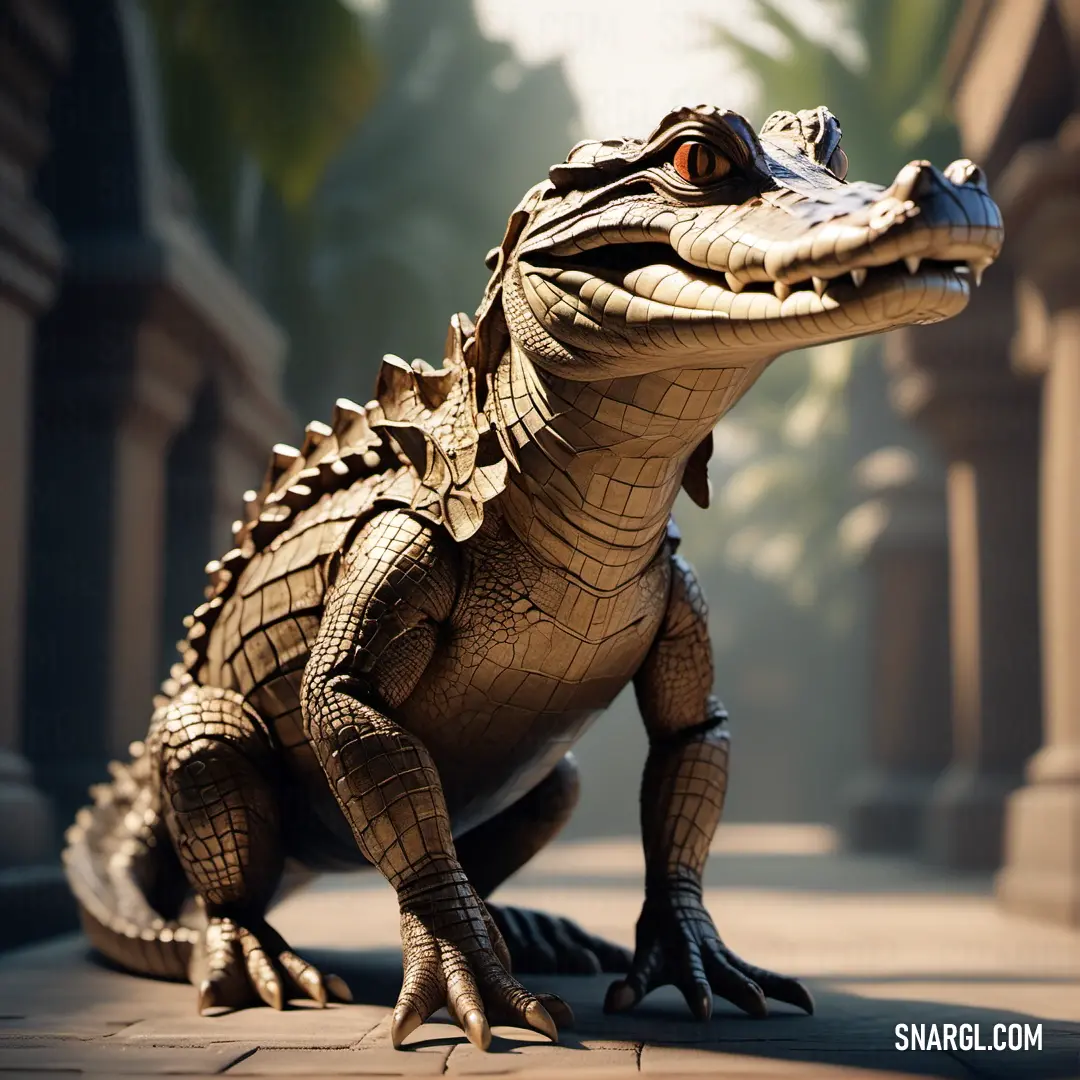
With Rue's encouragement, Peanut made his move. He waded into the pile, creating a wave of leaves that sent squirrels tumbling in all directions. Peanut's eyes sparkled with mischief as he performed a series of playful maneuvers. He made a leaf-cannonball dive, sending a shower of leaves over the squirrels. They chattered indignantly, but Peanut was unstoppable. His tail swished like a feather duster, clearing a path to the heart of the pile.
The squirrels, now in disarray, tried to regroup, but Peanut was a whirlwind of leafy chaos. Rue couldn't help but laugh as she watched Peanut perform what could only be described as a leaf ballet. He twirled, leapt, and rolled, creating a spectacle that had even the most stoic park-goers cheering.
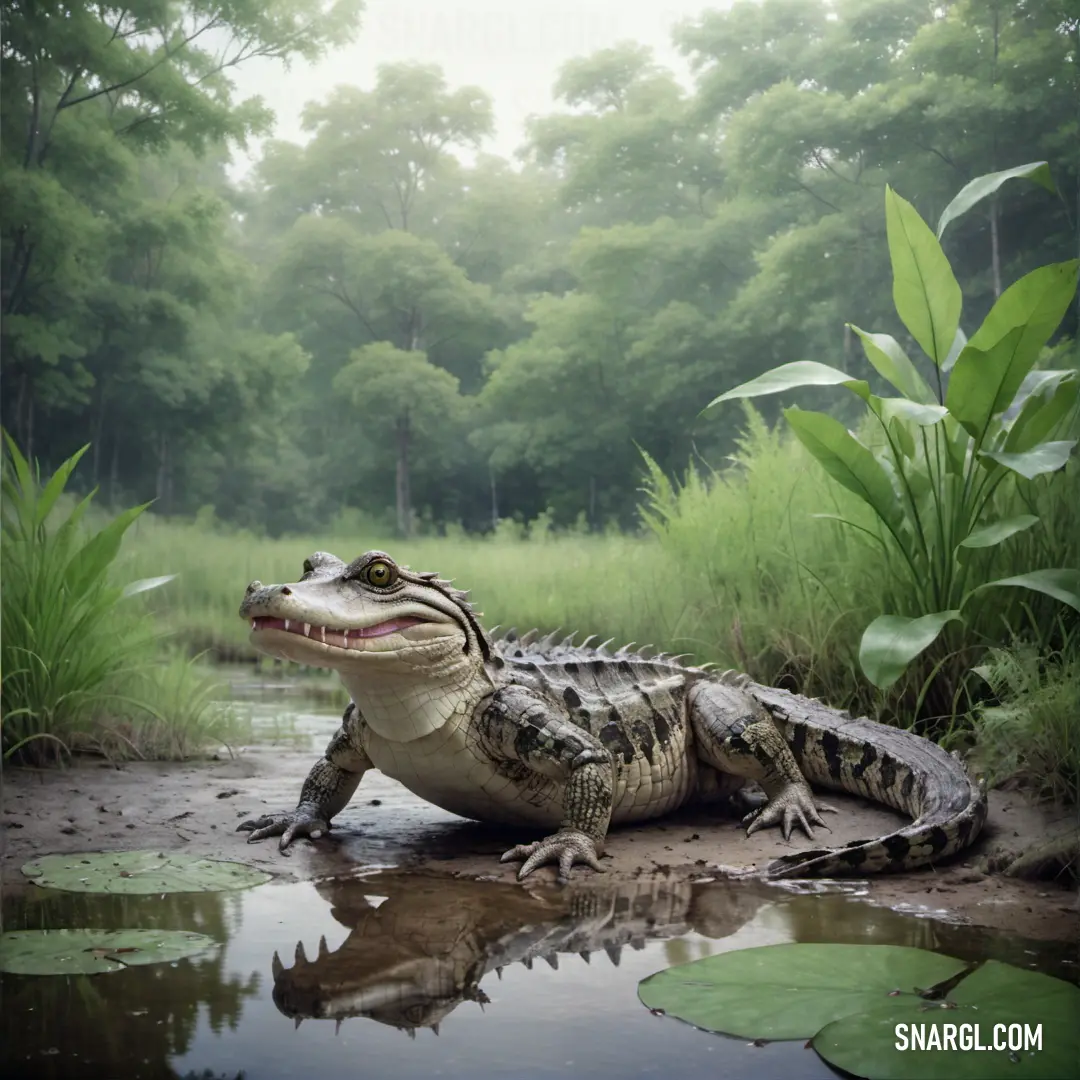
Finally, the squirrels, realizing they were outmatched by Peanut's sheer enthusiasm and agility, conceded defeat. They scampered away with their tails between their legs, leaving the leaf pile to the victorious caiman and his bemused human. Rue gave Peanut a congratulatory pat, and Peanut responded with a triumphant splash into the pile, sending leaves everywhere.
As Rue and Peanut reveled in their hard-won victory, the leaf pile looked more magnificent than ever, a testament to their heroic and hilarious adventure. And so, Peanut once again enjoyed his favorite autumn pastime, rolling in the leaves with unrestrained joy, while Rue watched with a smile, knowing that sometimes the best battles are the ones fought with laughter and a little bit of caiman ingenuity.
And thus, the legend of Rue and Peanut's great leaf pile showdown became a cherished story in the town, reminding everyone that even in the most ordinary of moments, extraordinary adventures can unfold.

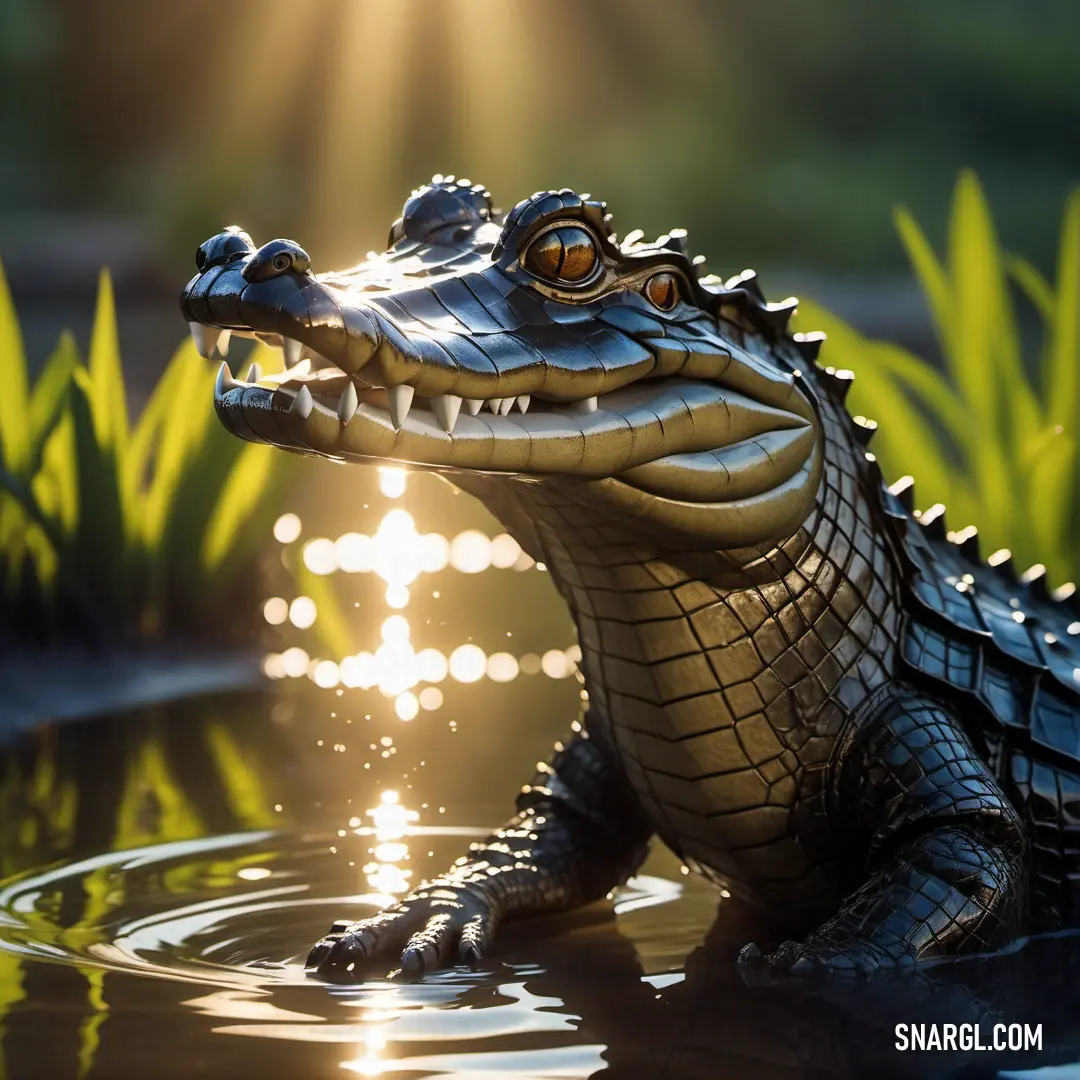
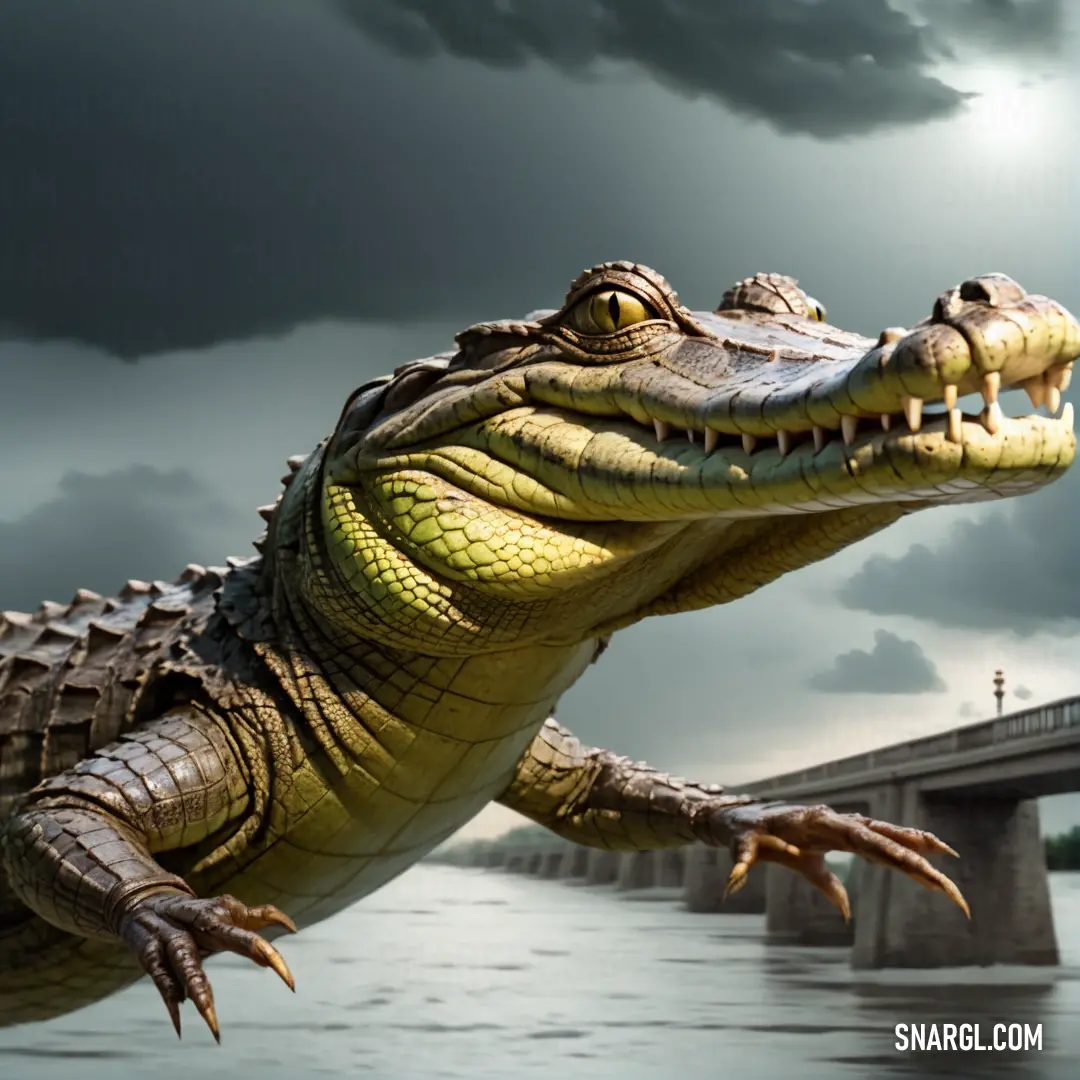
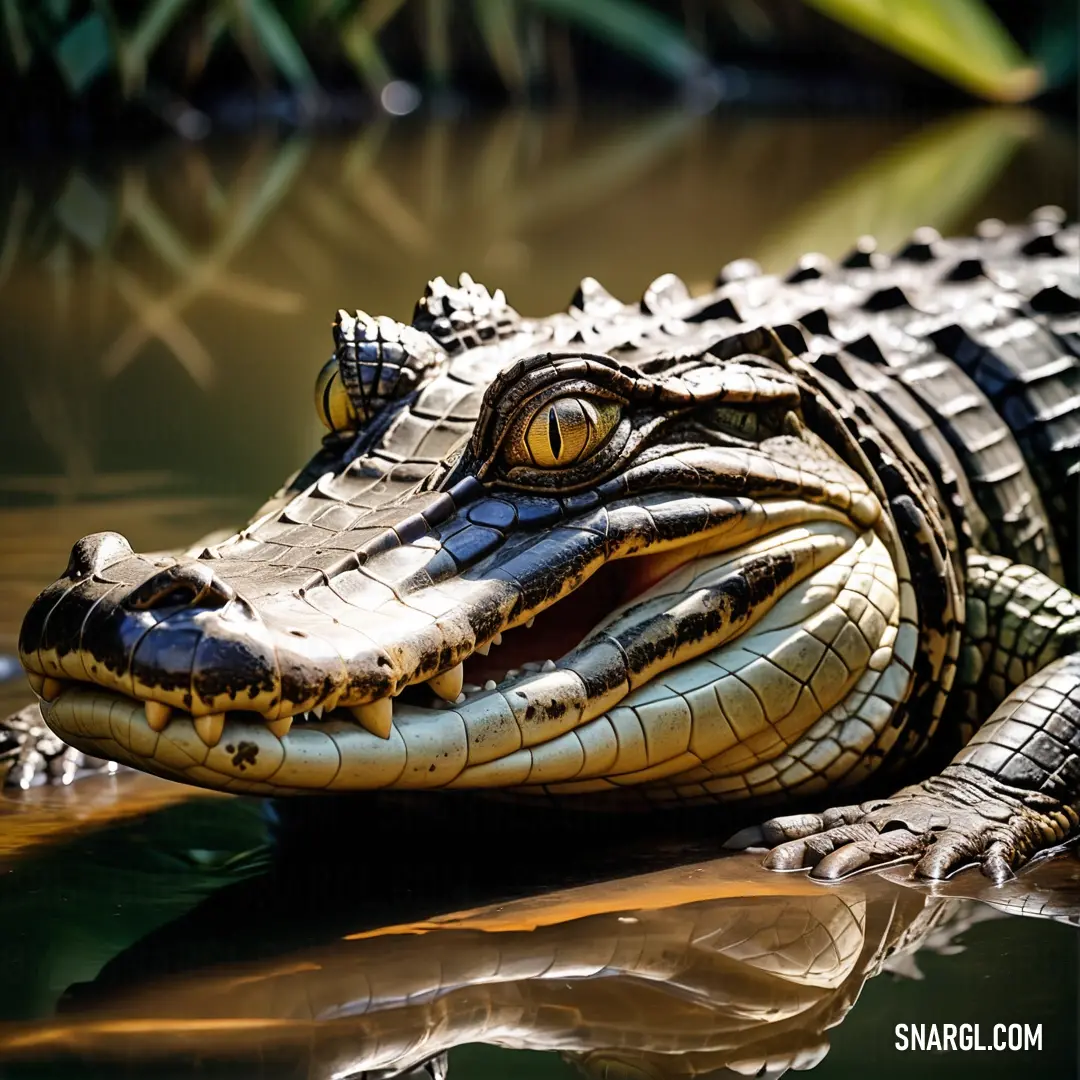
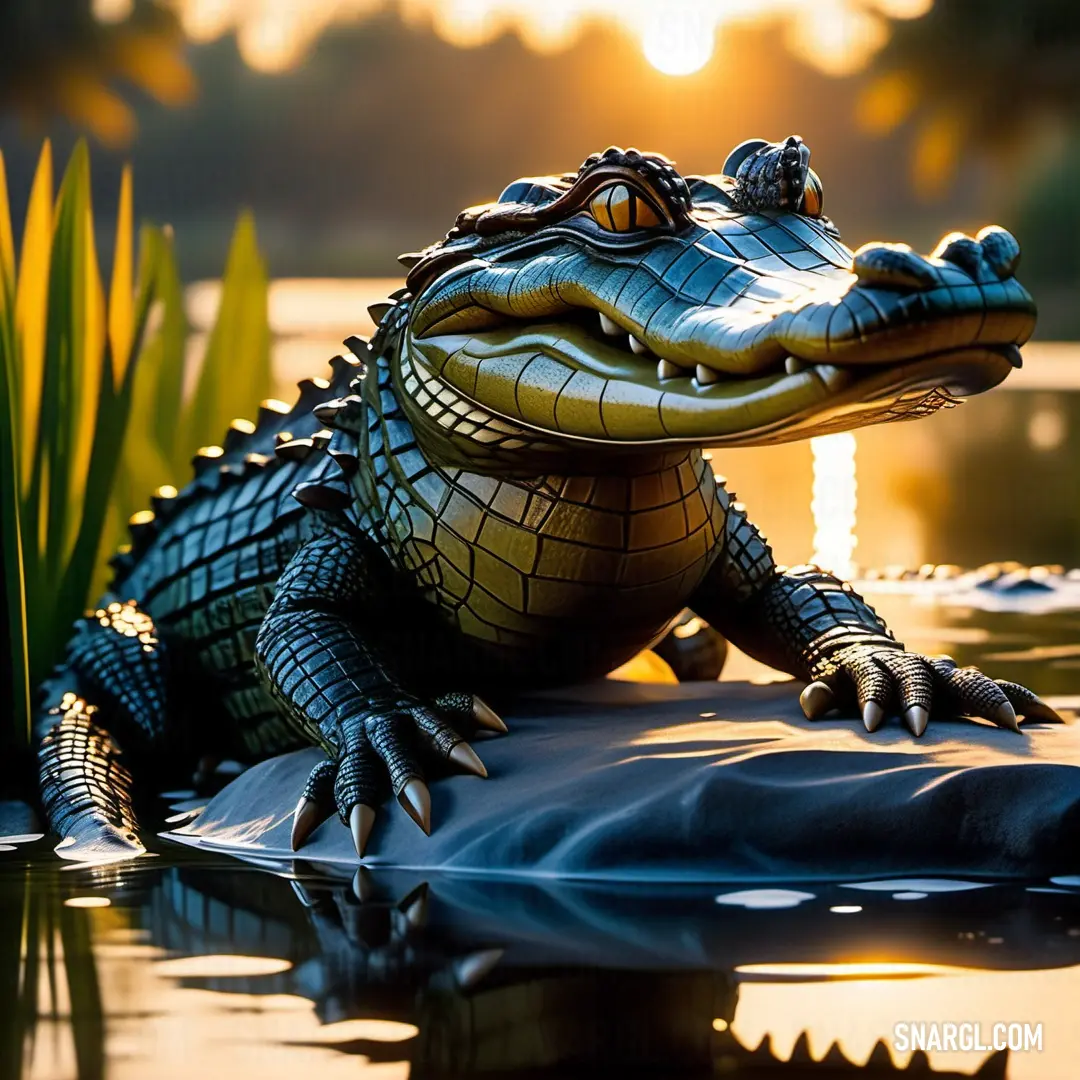
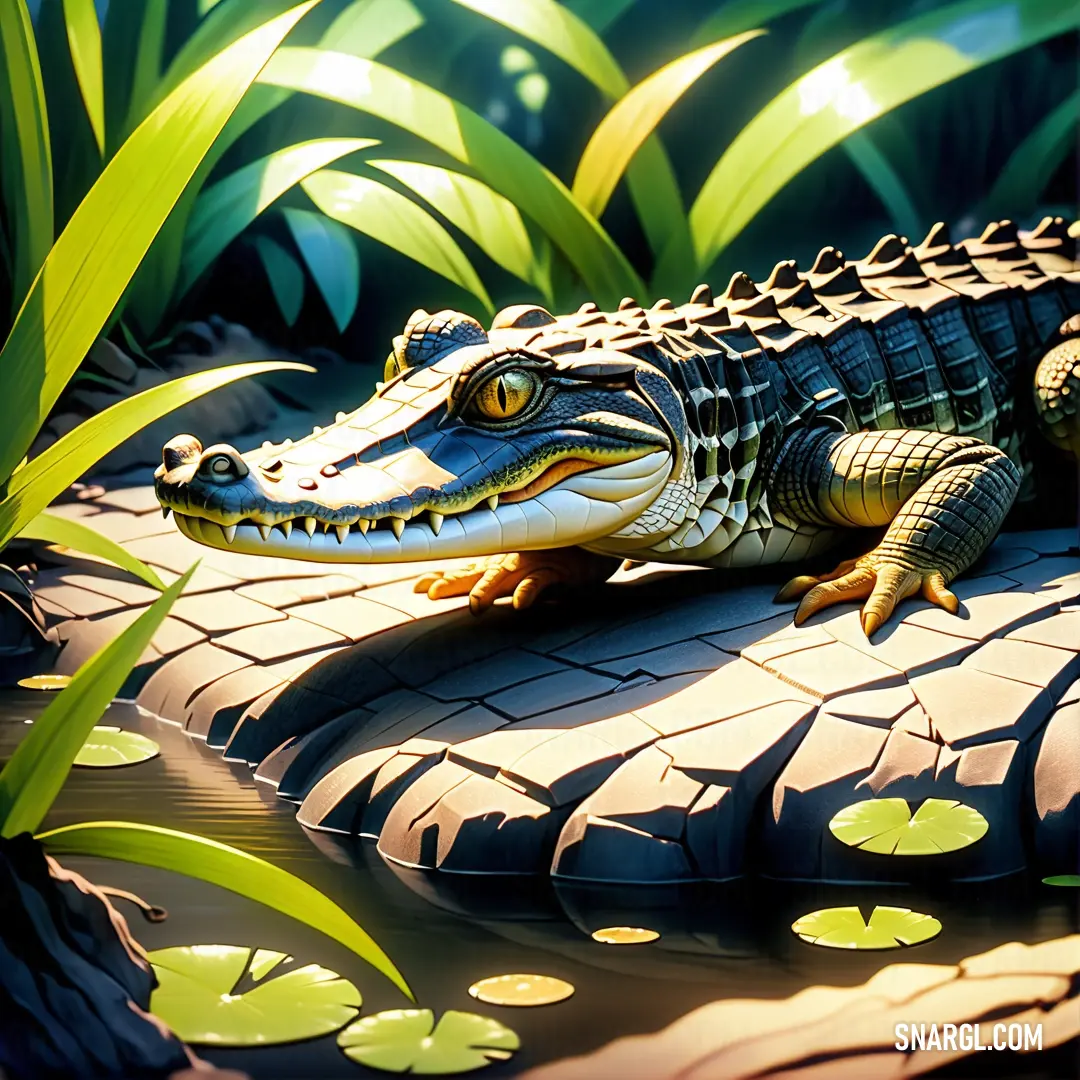
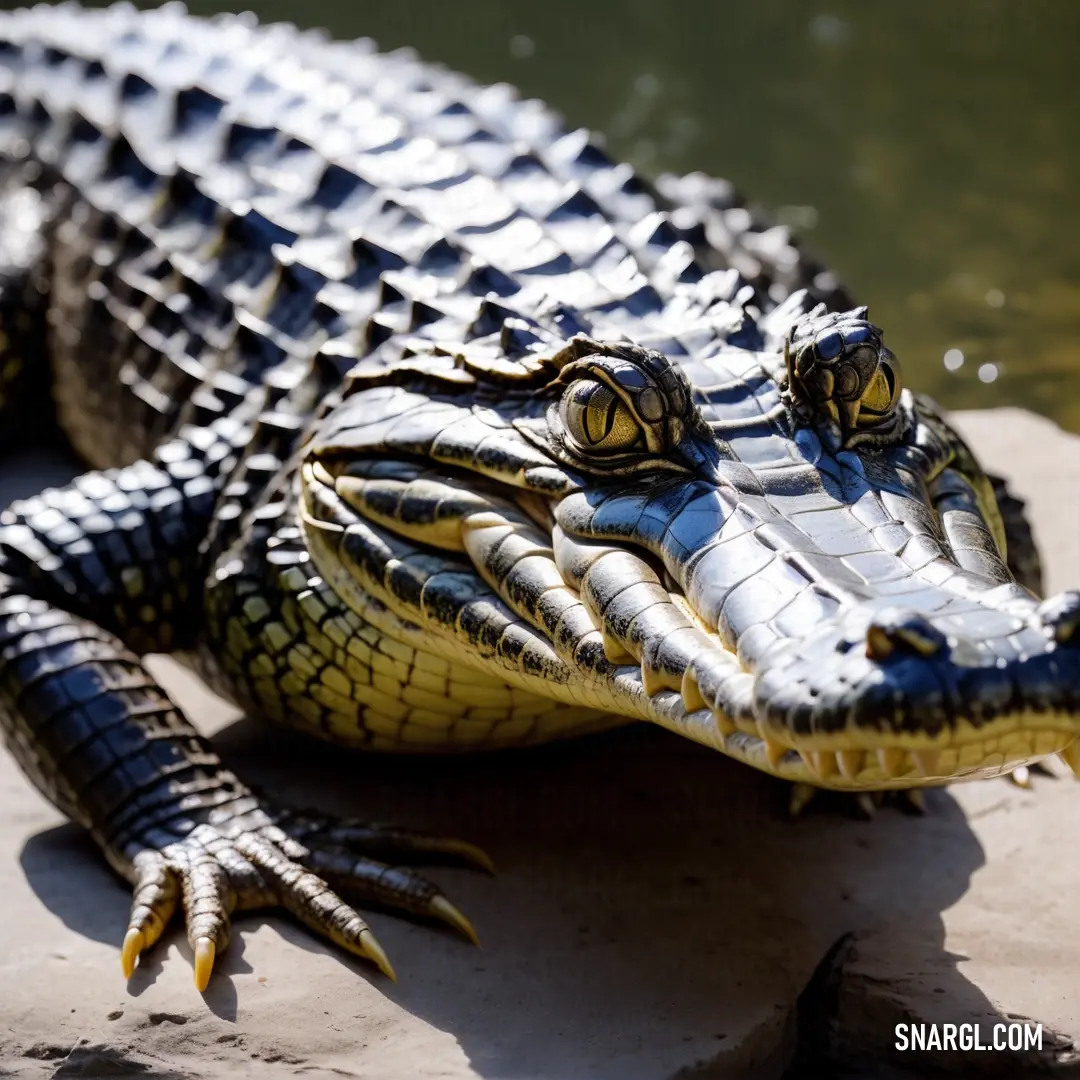
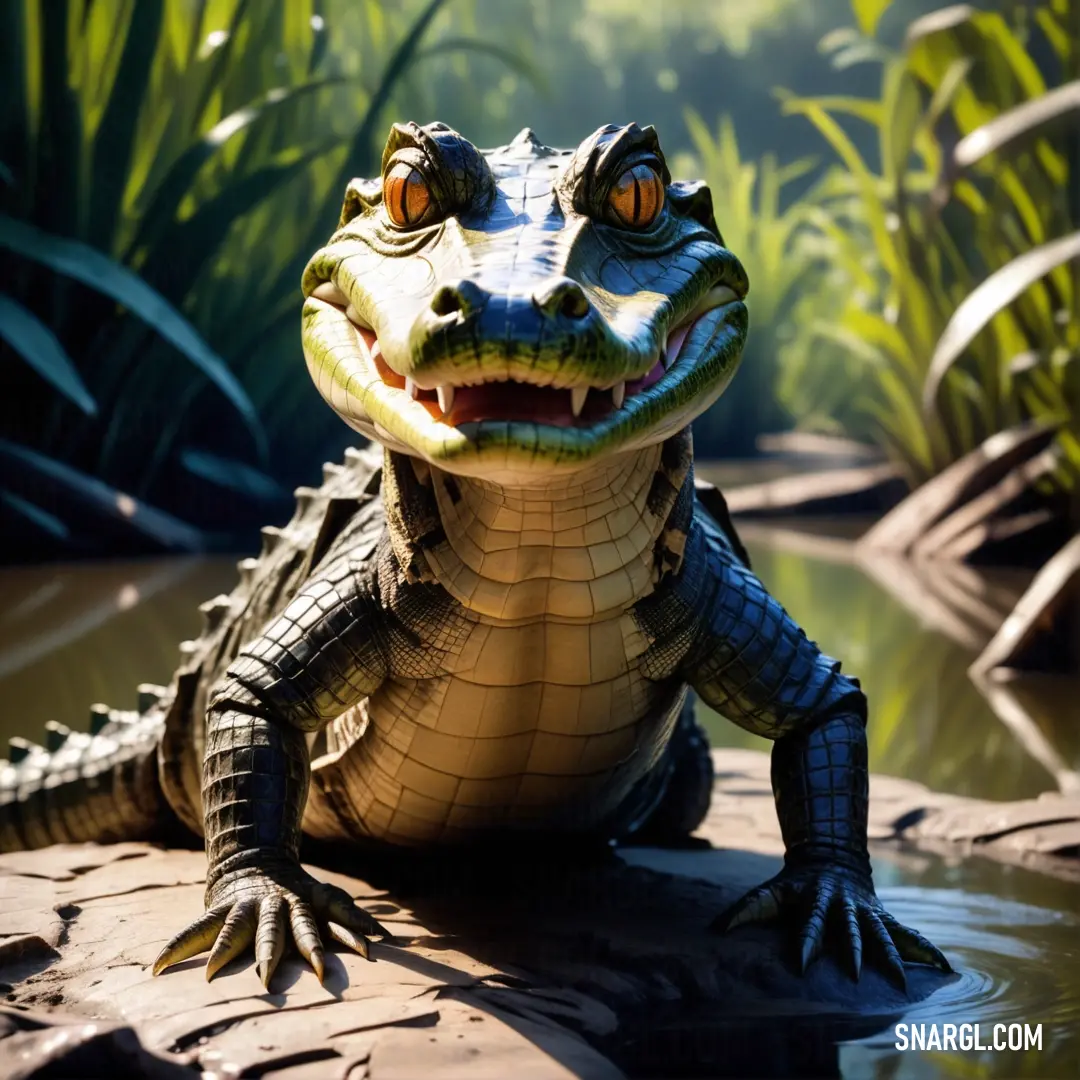
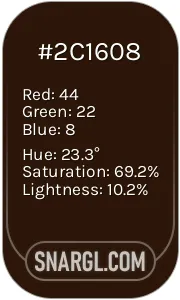 Zinnwaldite
Zinnwaldite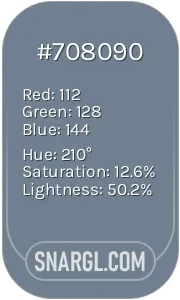 Slate gray
Slate gray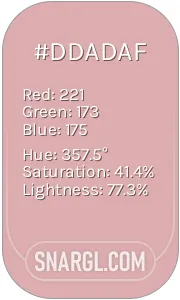 Pale chestnut
Pale chestnut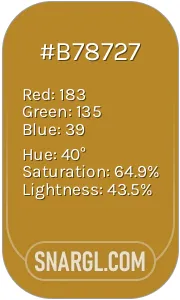 University of California Gold
University of California Gold Liver
Liver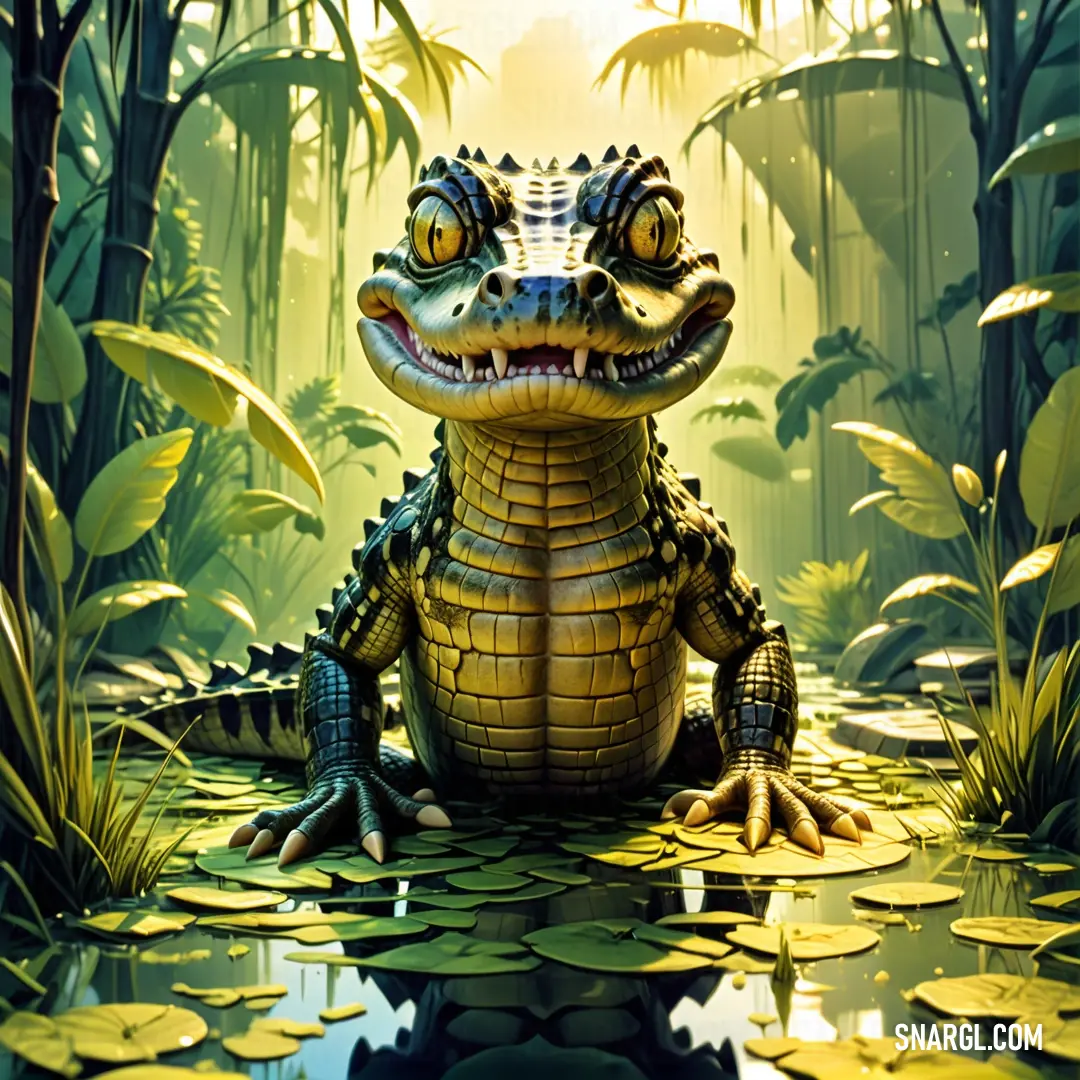
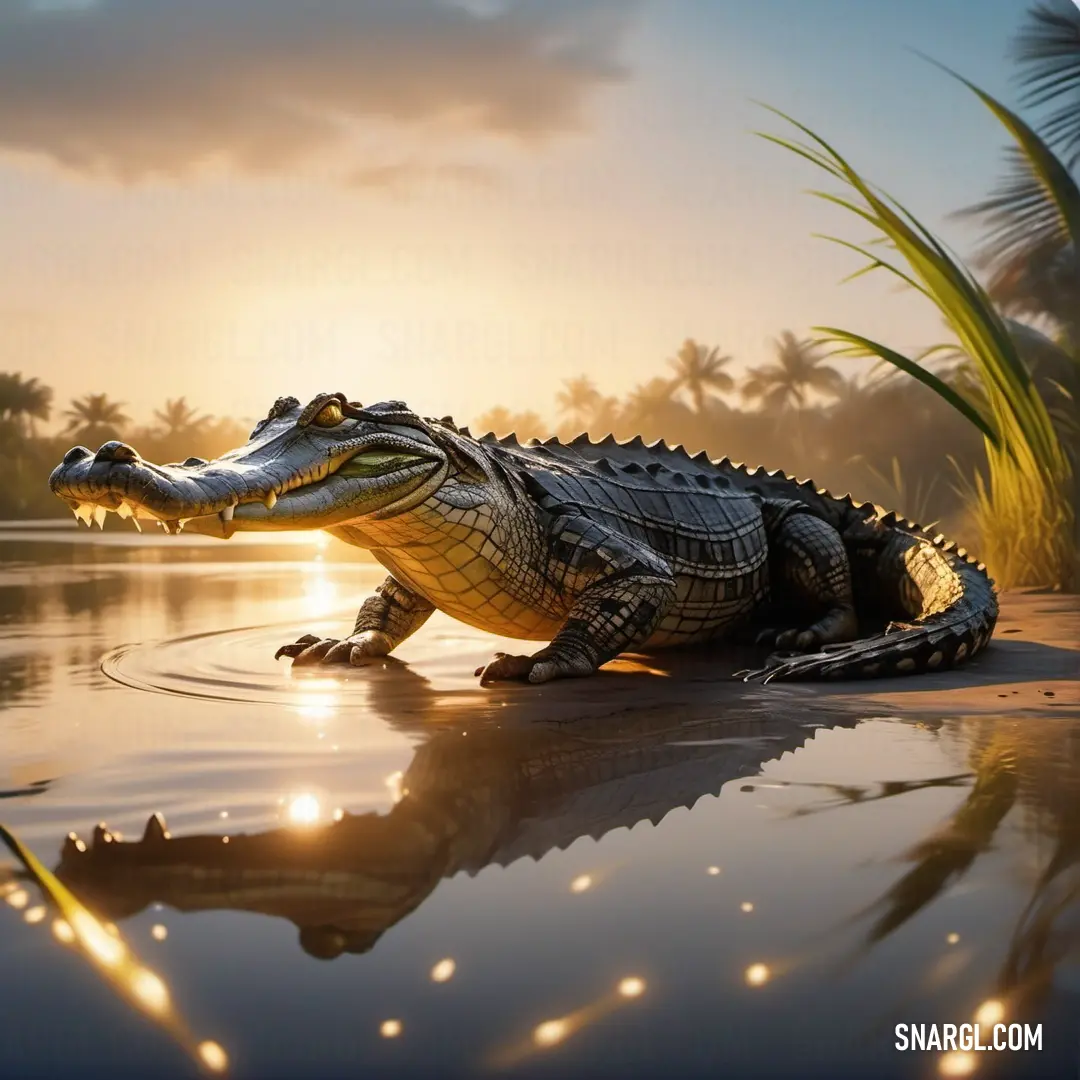
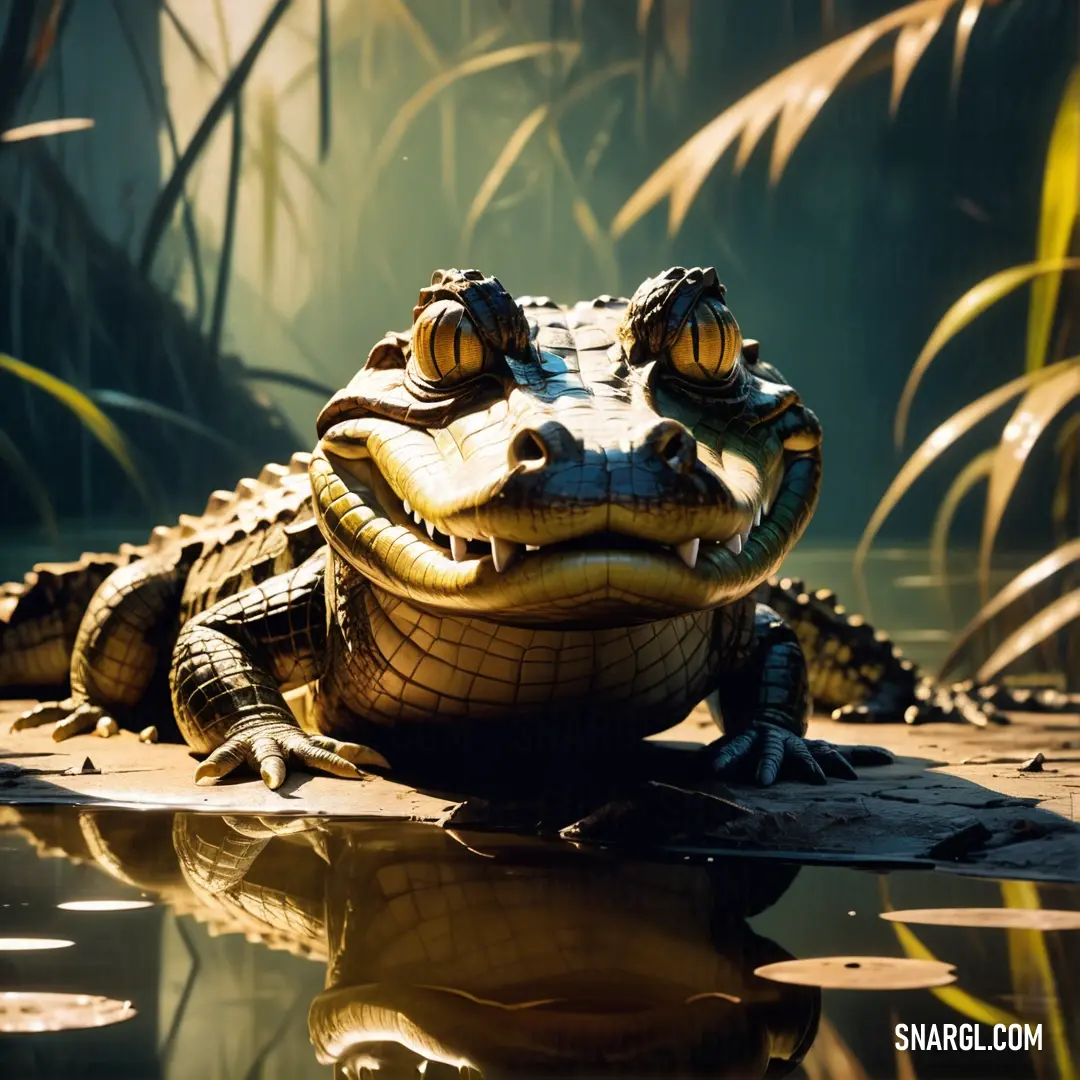
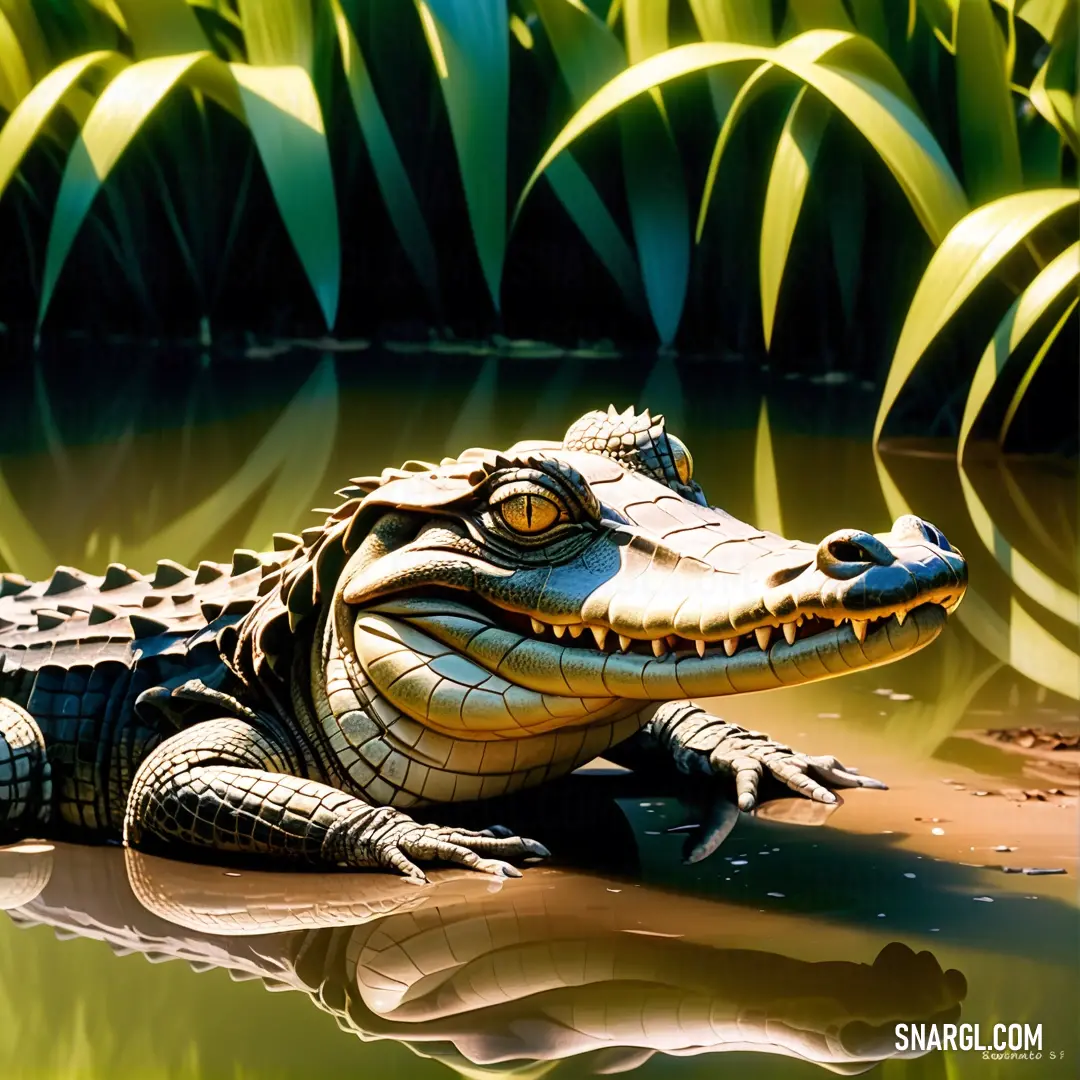
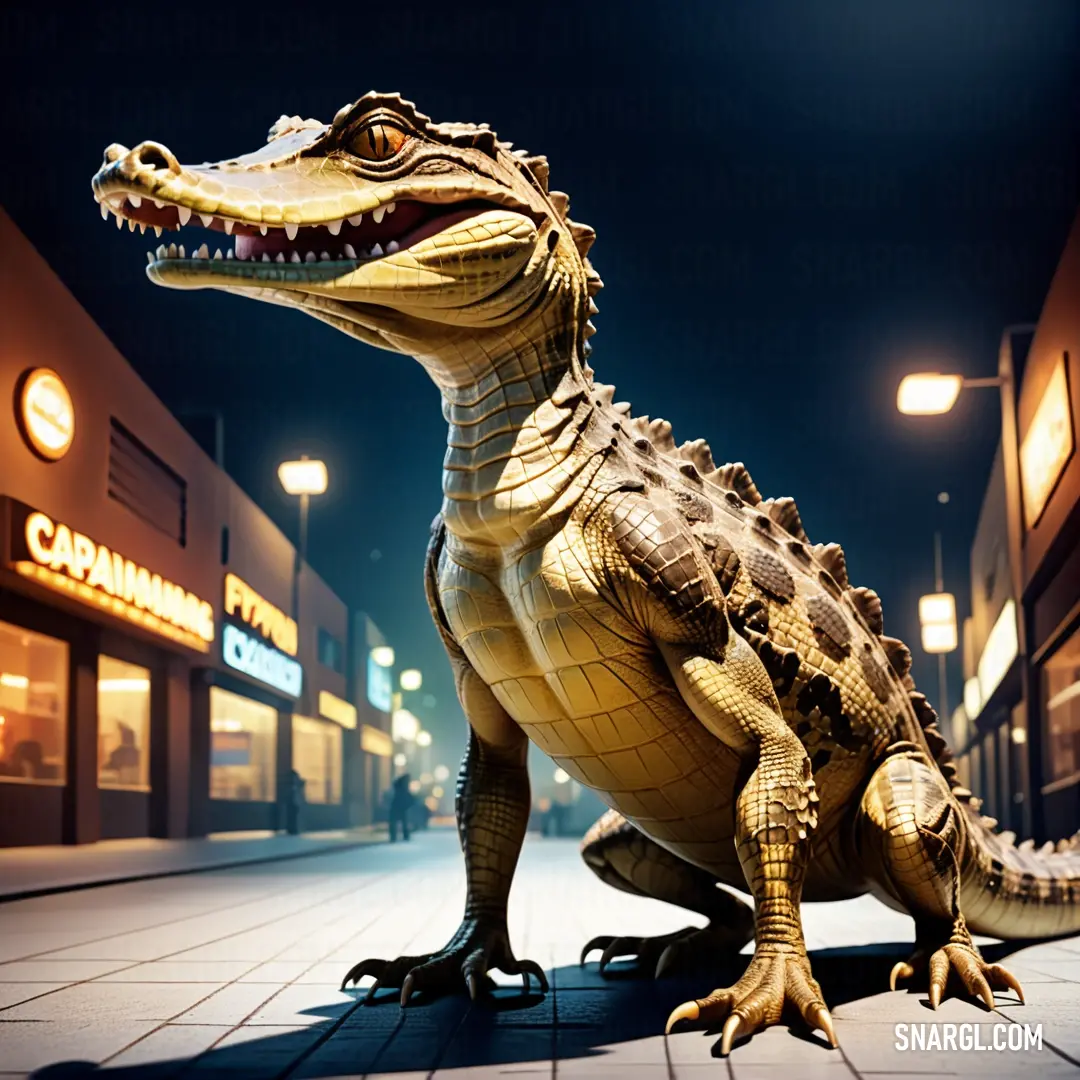
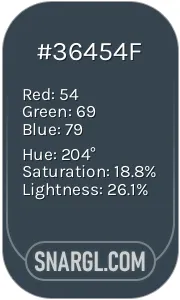 Charcoal
Charcoal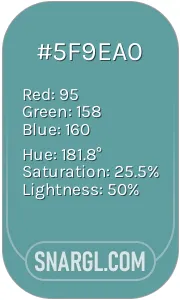 Cadet blue
Cadet blue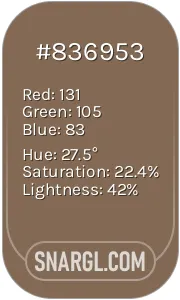 Pastel brown
Pastel brown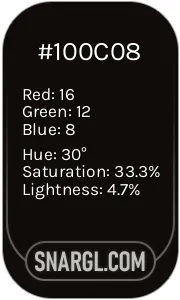 Smoky black
Smoky black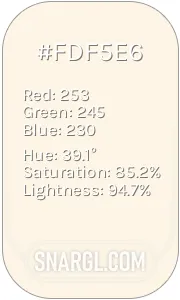 Old Lace
Old Lace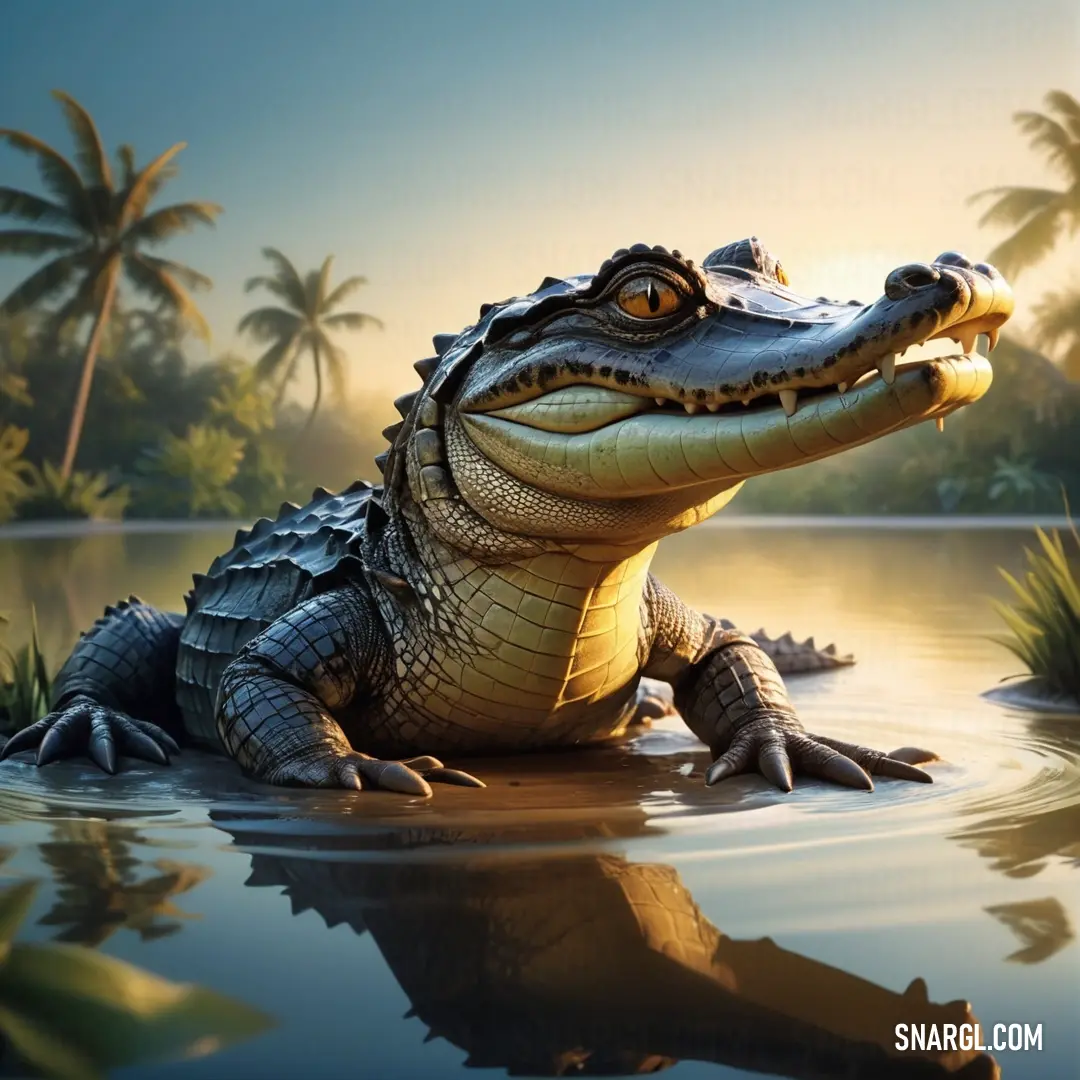
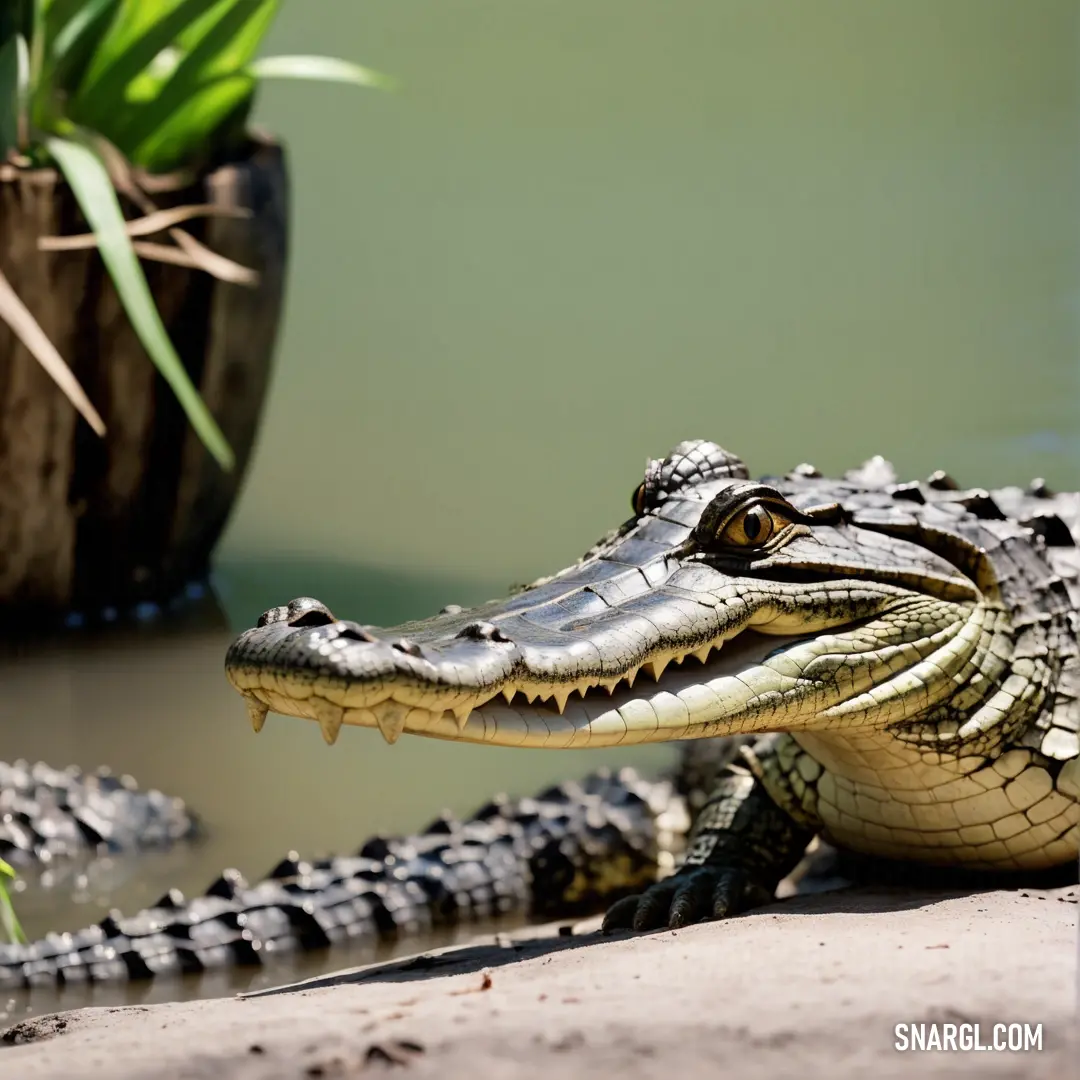
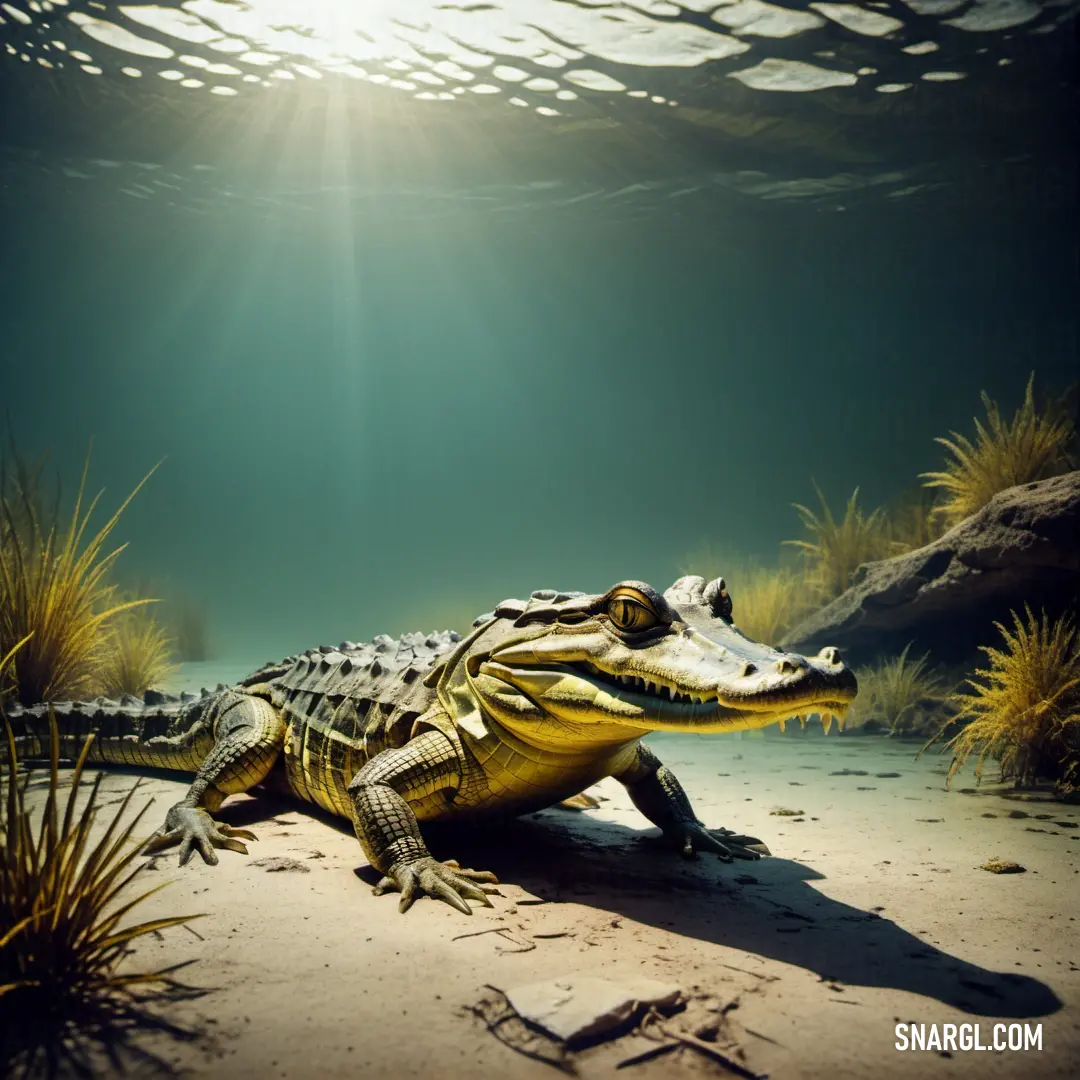
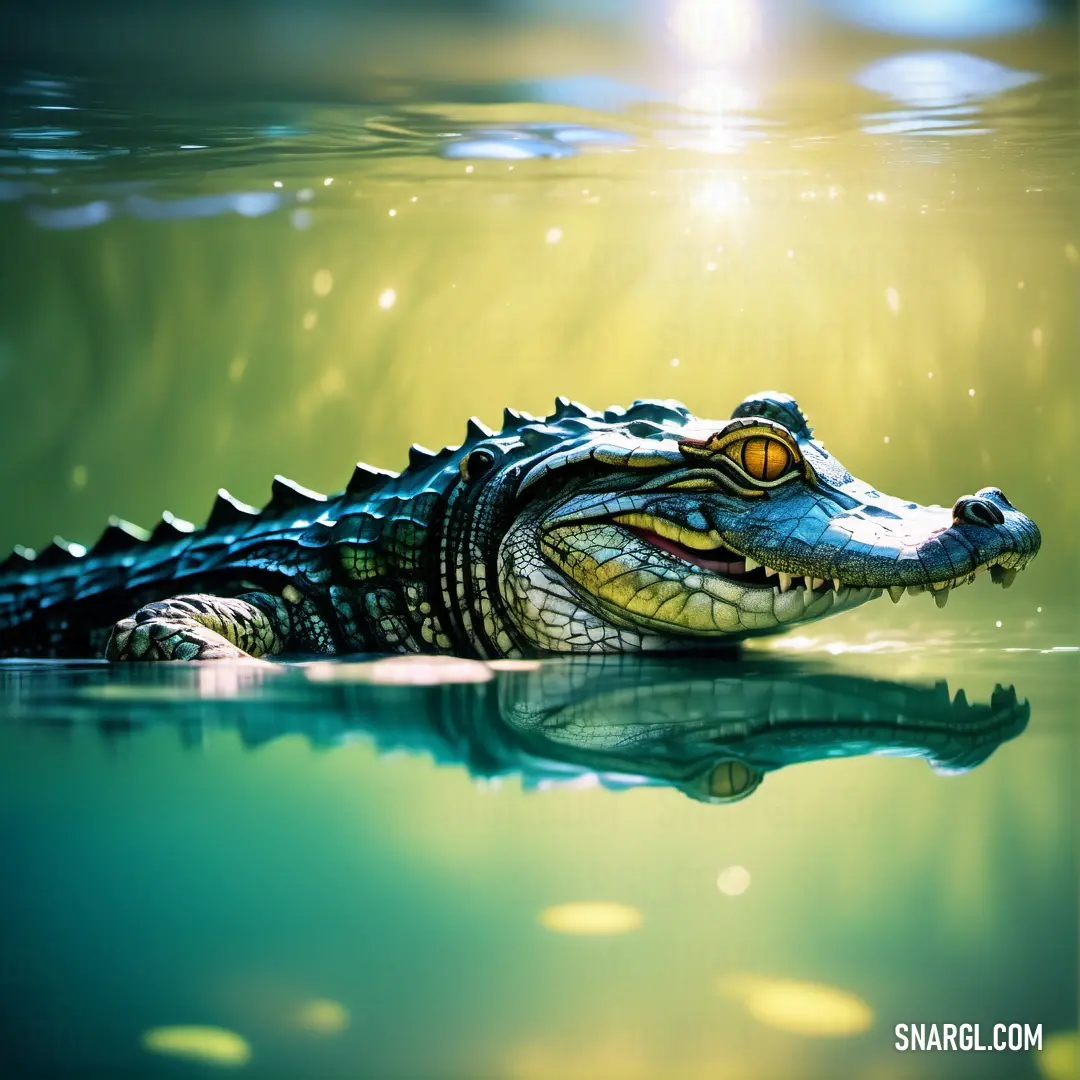
 Olive Drab
Olive Drab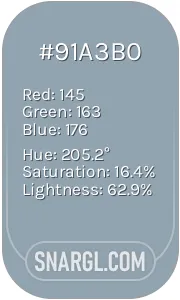 Cadet grey
Cadet grey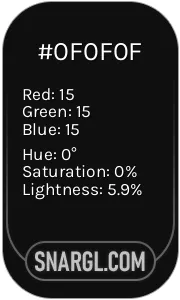 Onyx
Onyx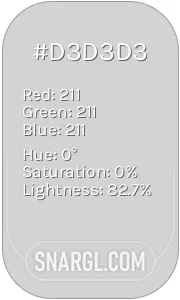 Light gray
Light gray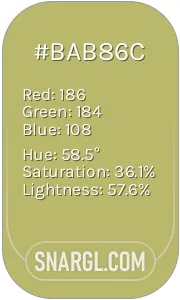 Olive Green
Olive Green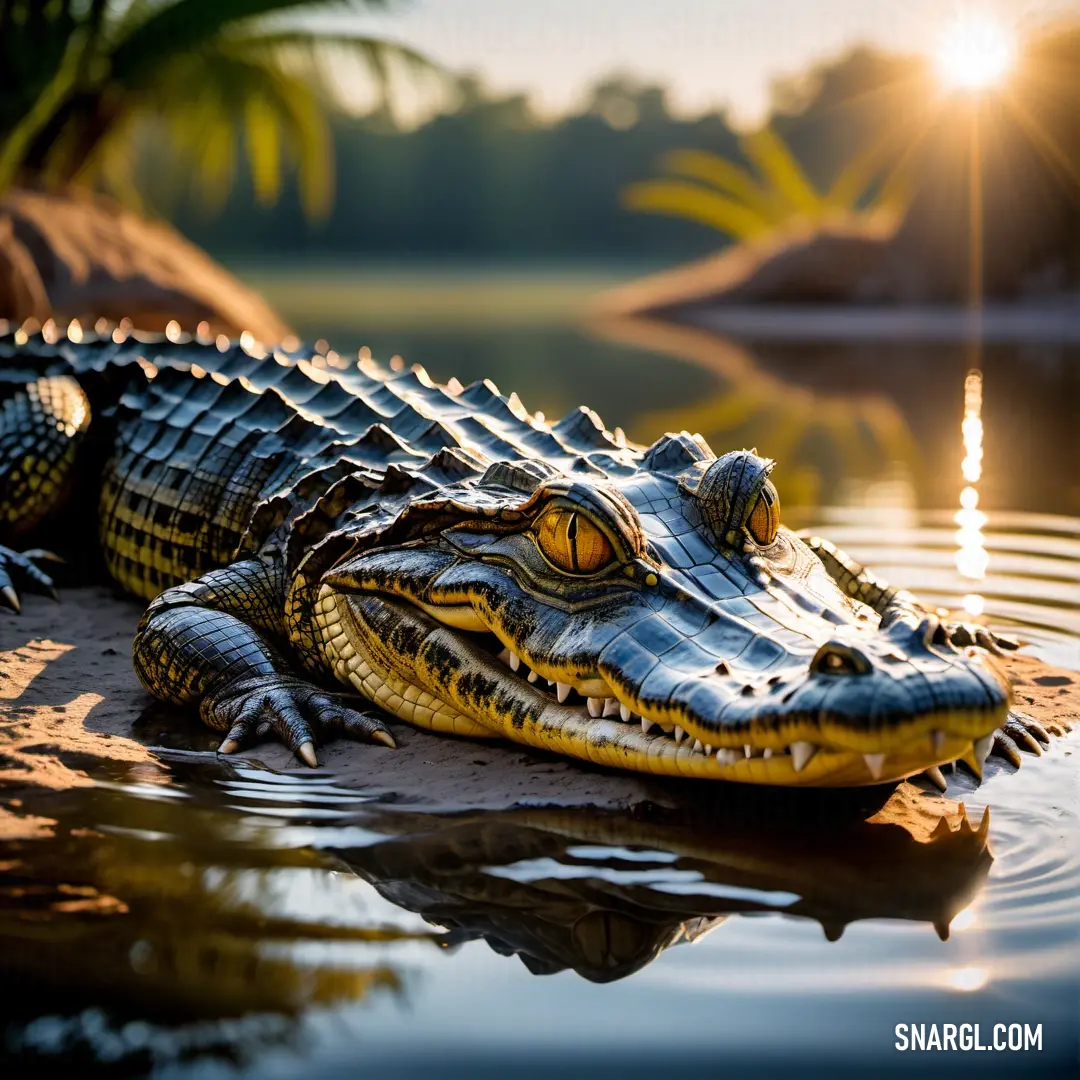
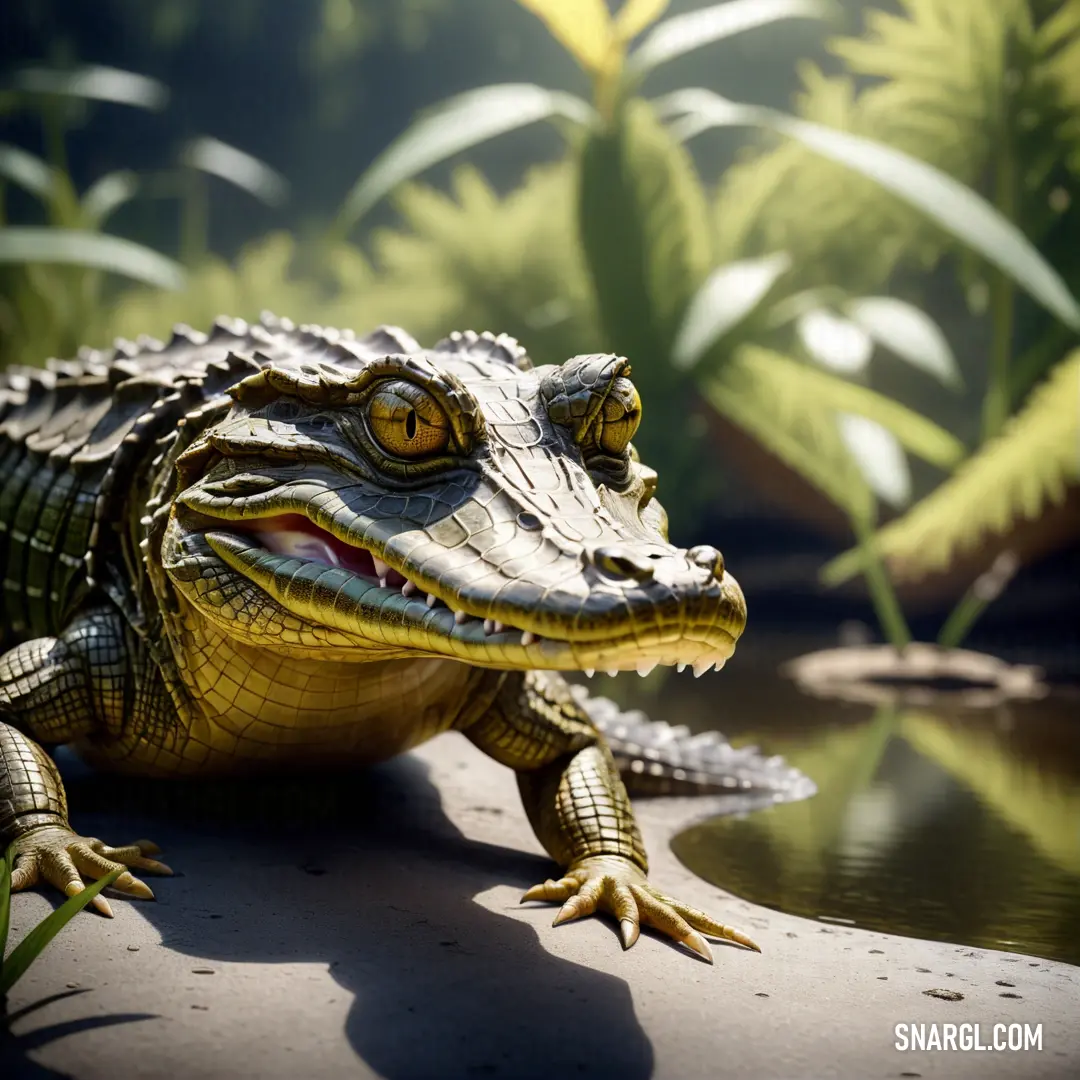
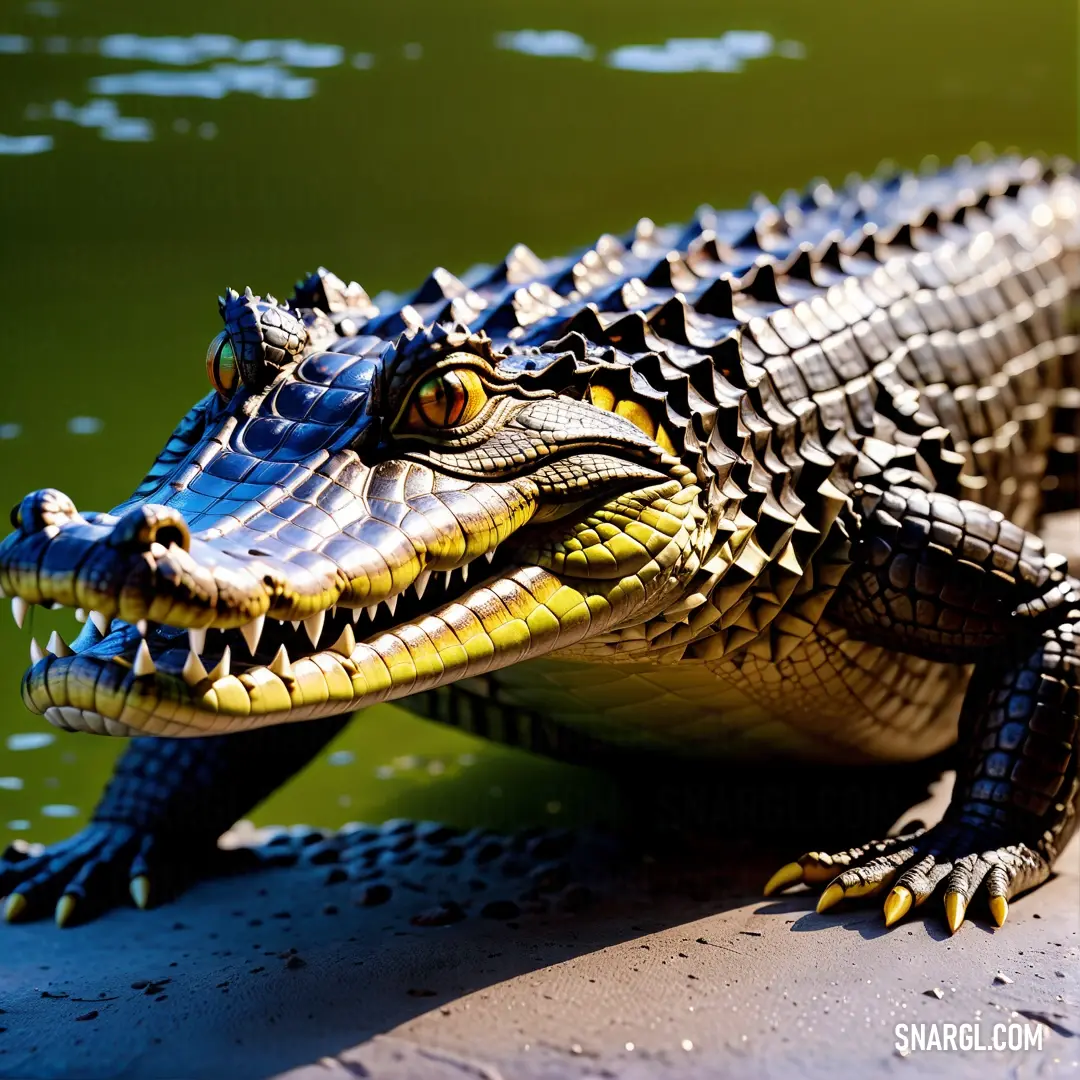
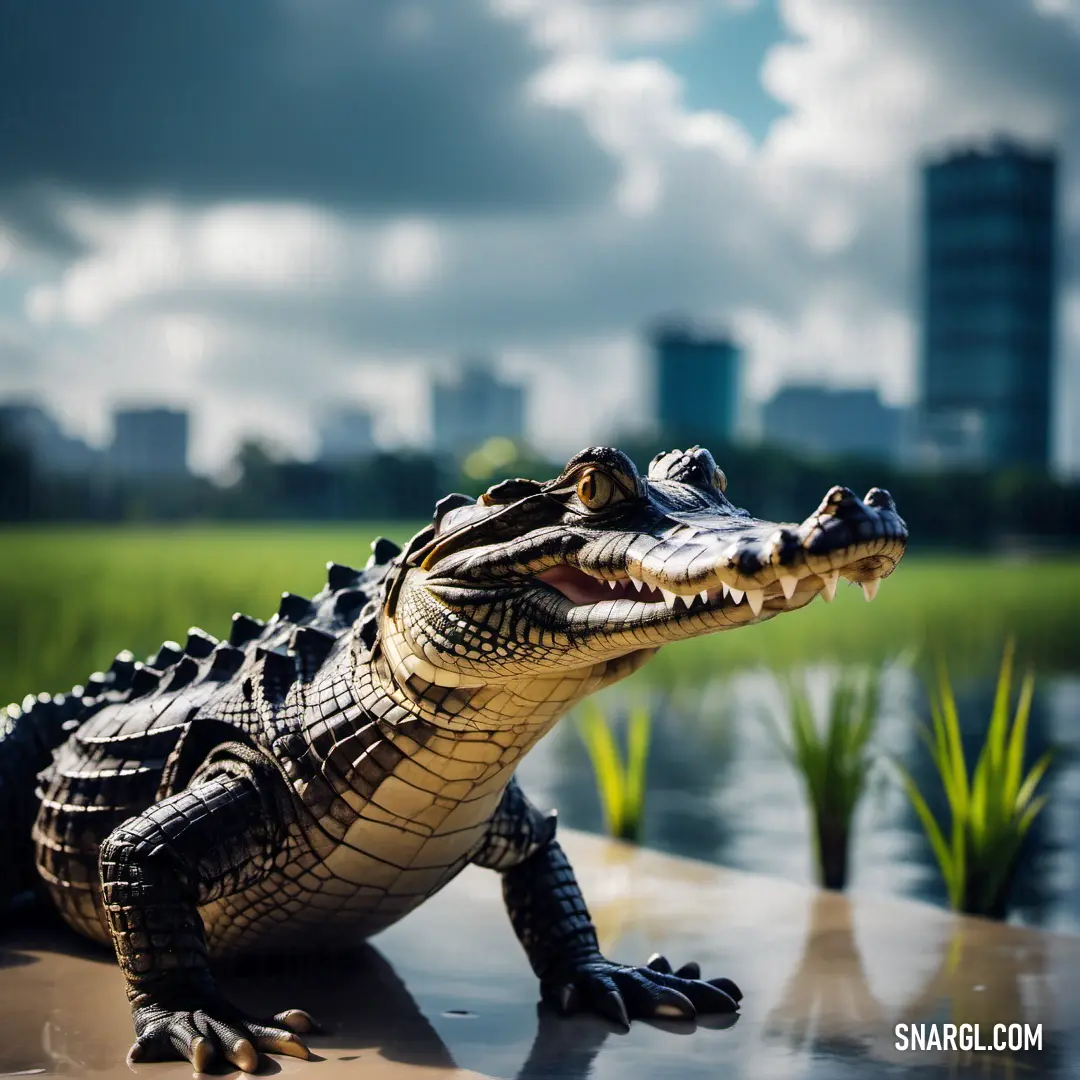
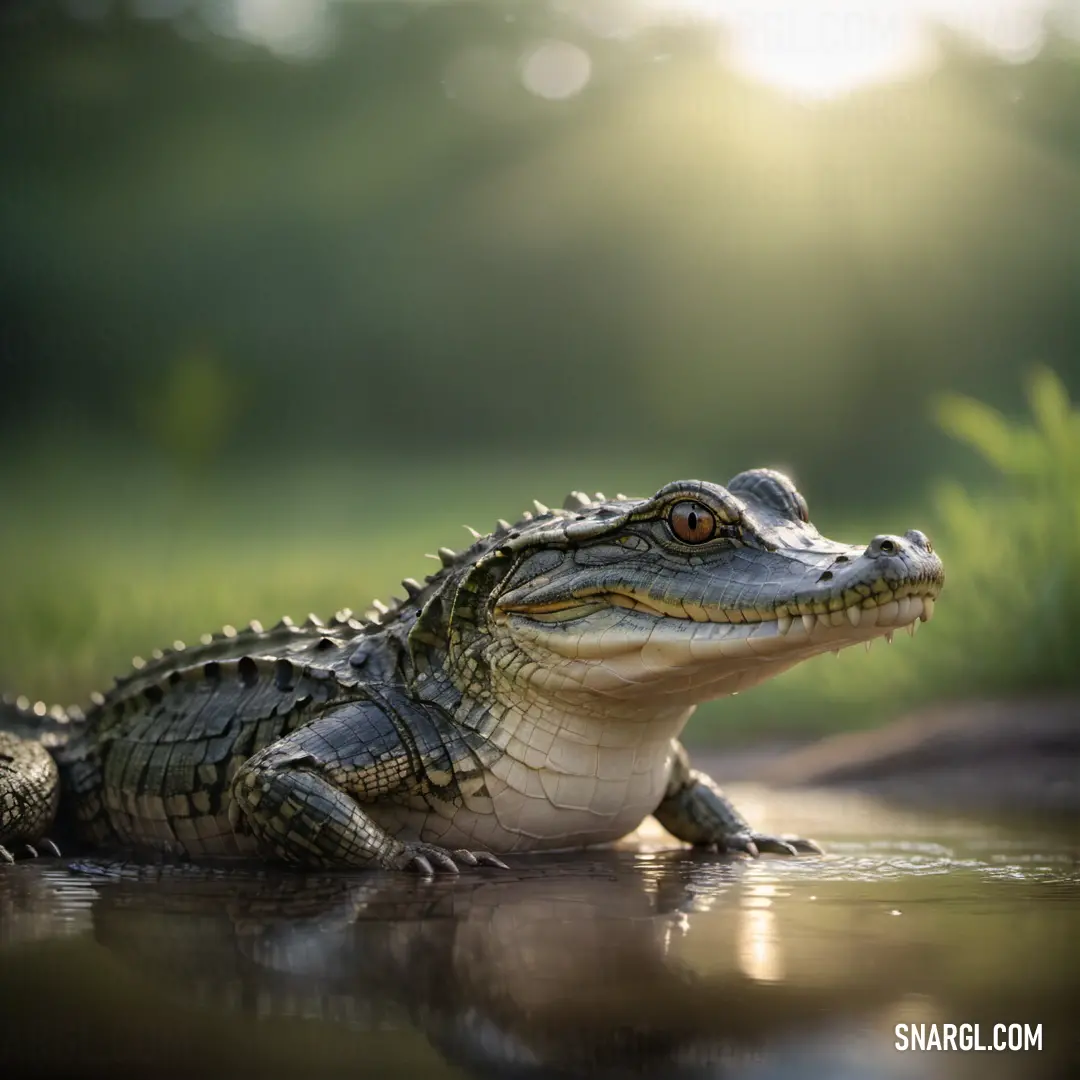
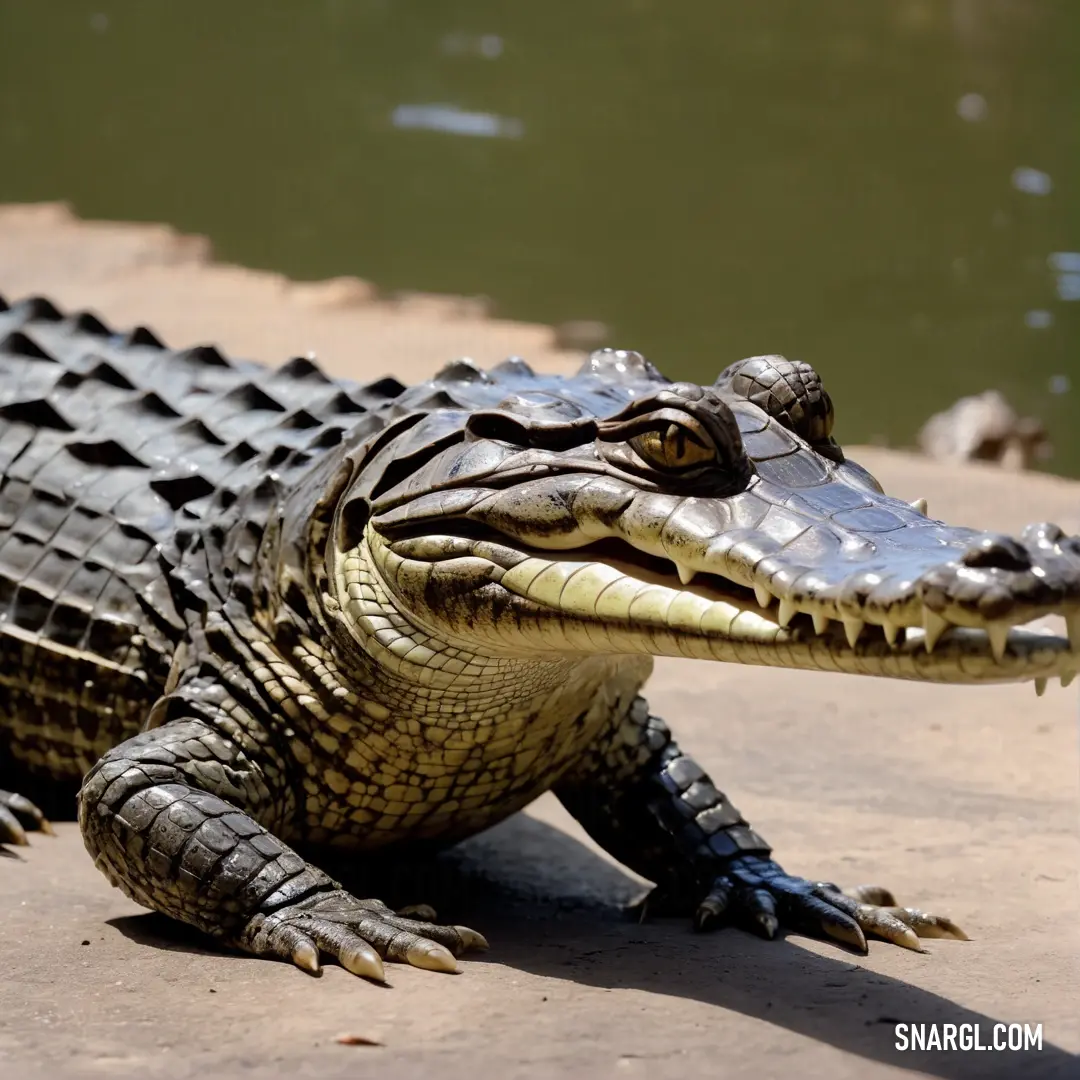
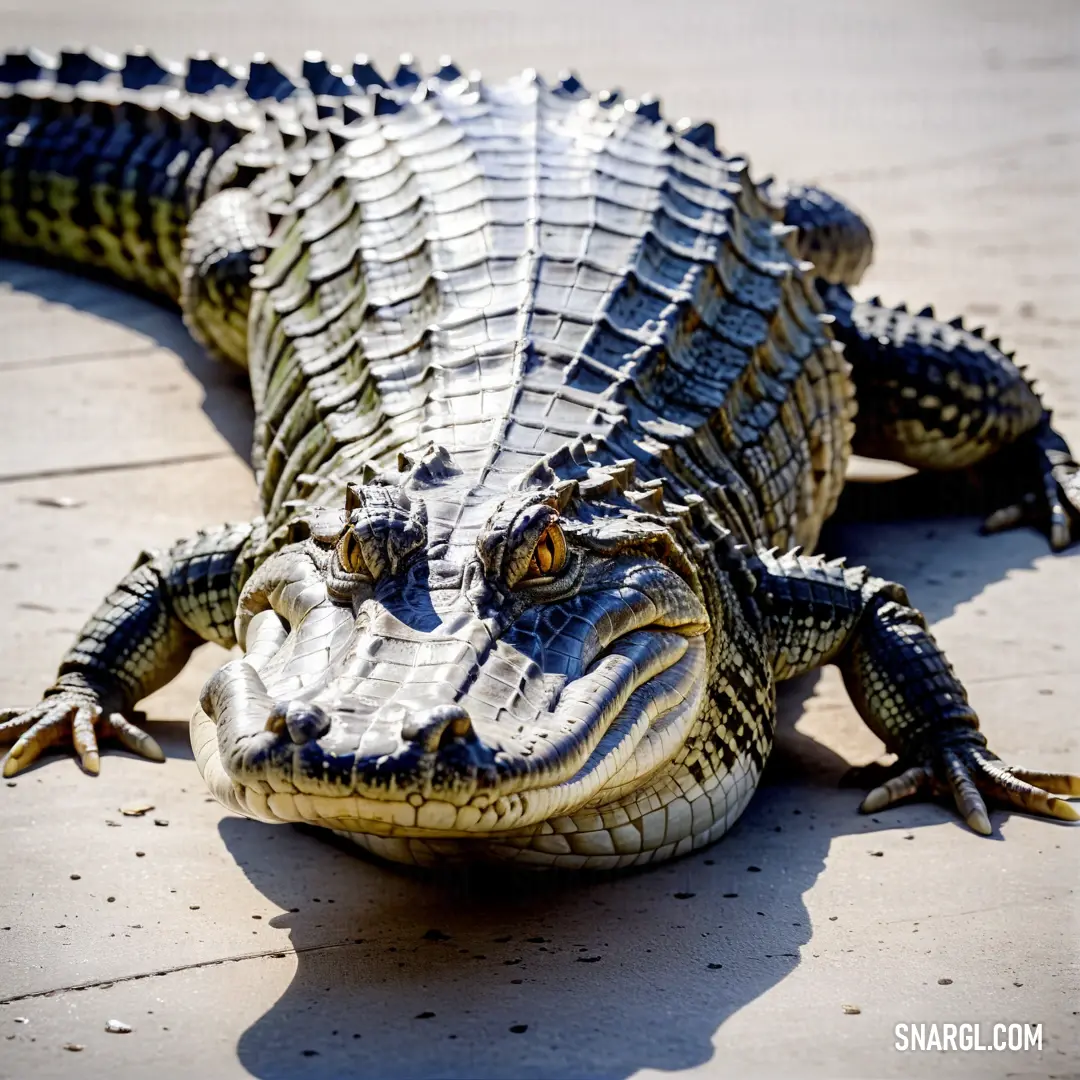
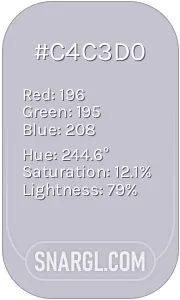 Lavender gray
Lavender gray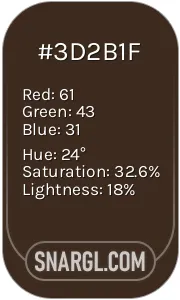 Bistre
Bistre Dim gray
Dim gray Honeydew
Honeydew






